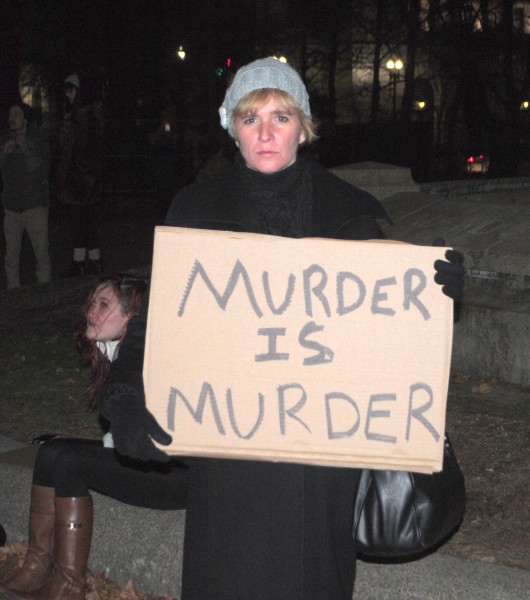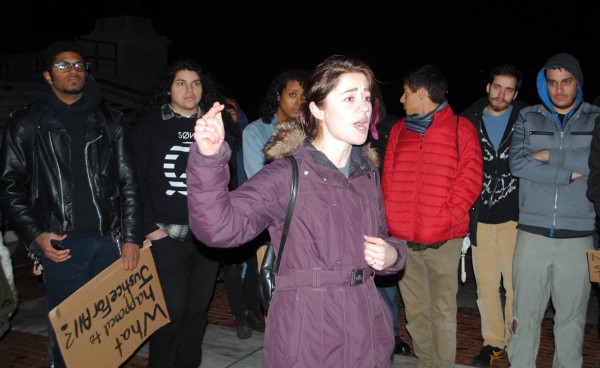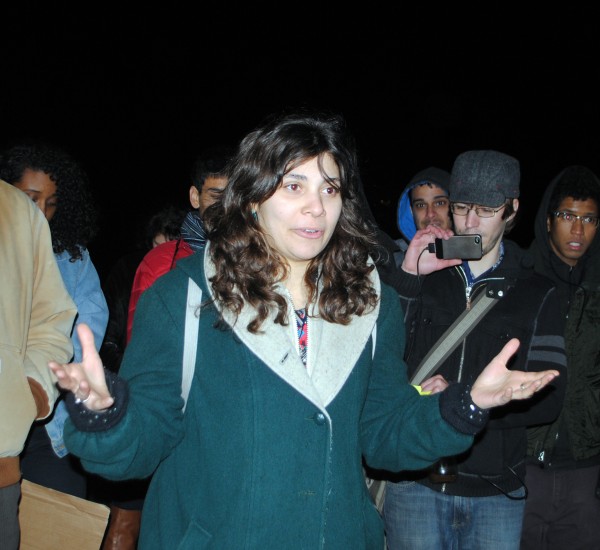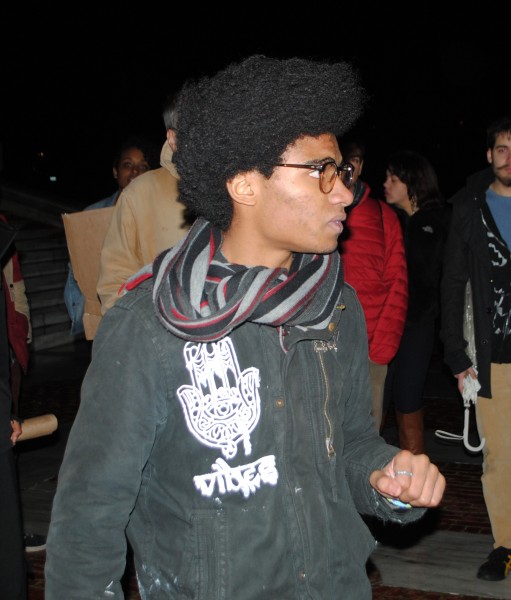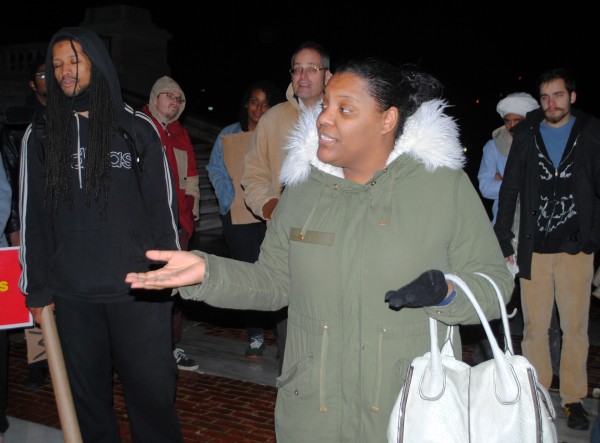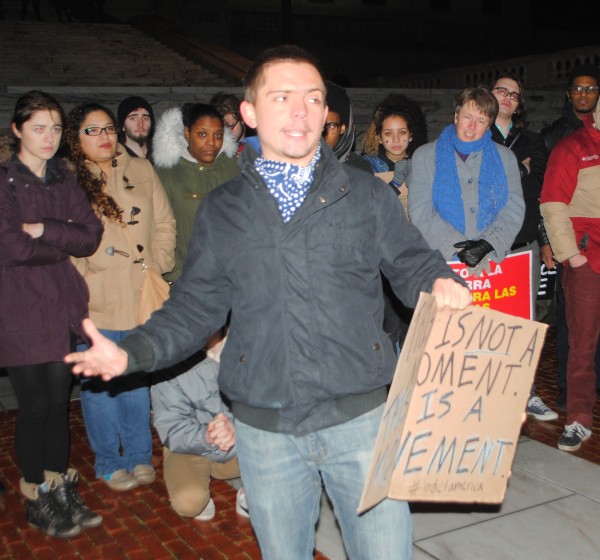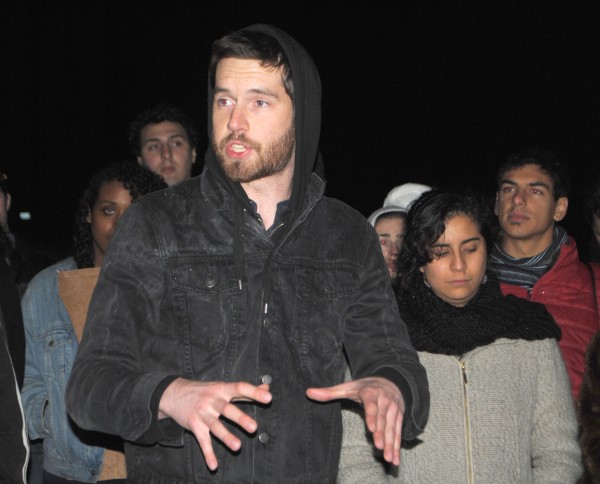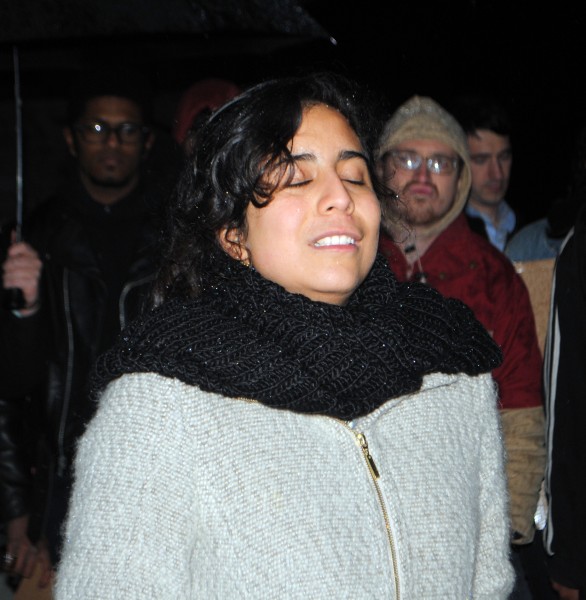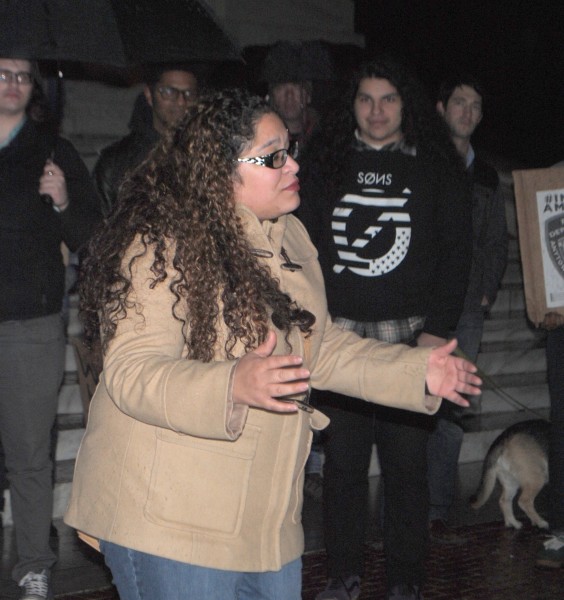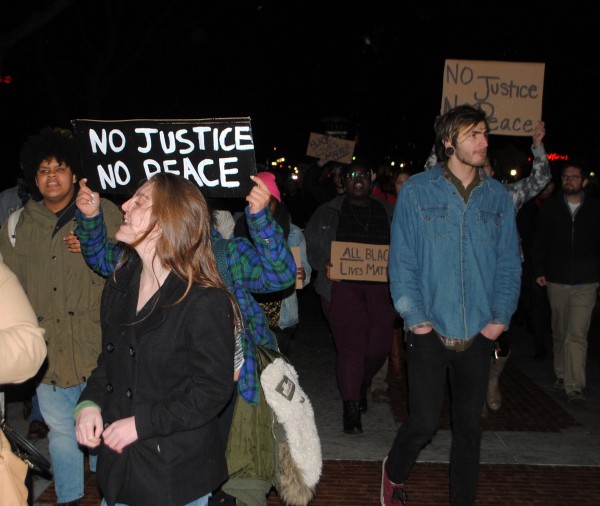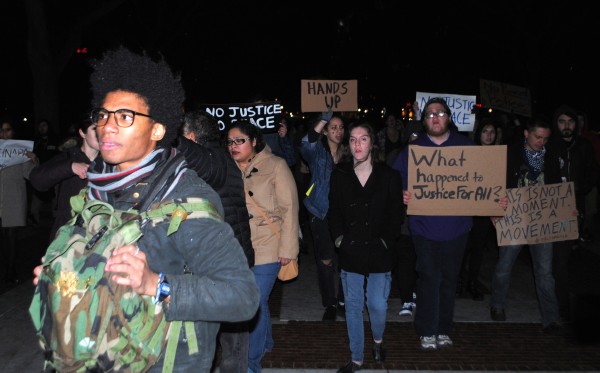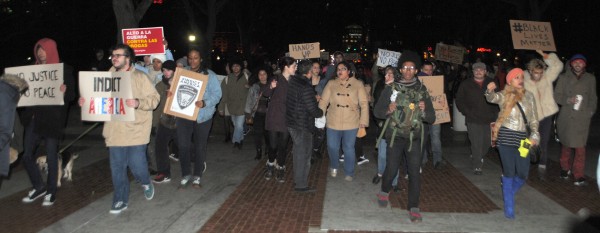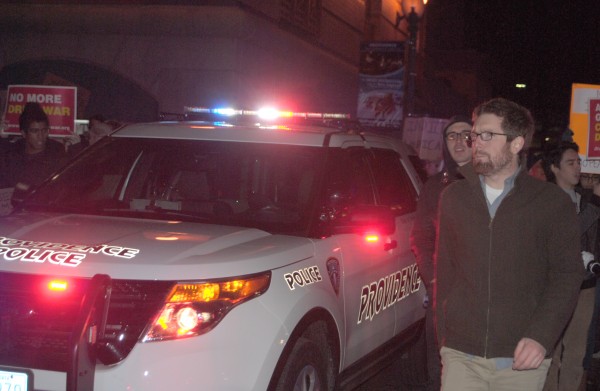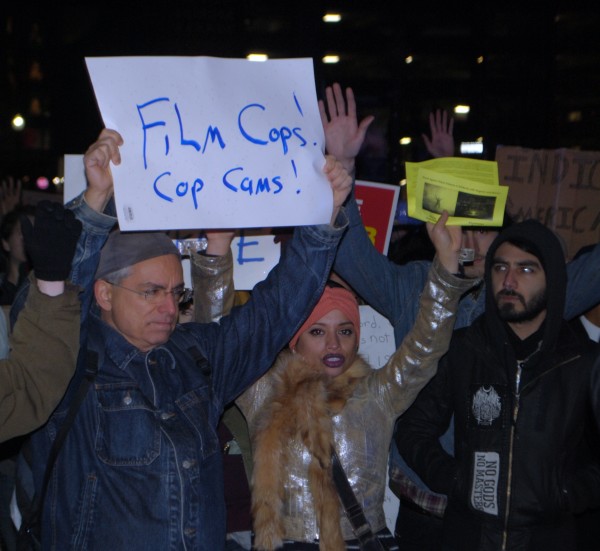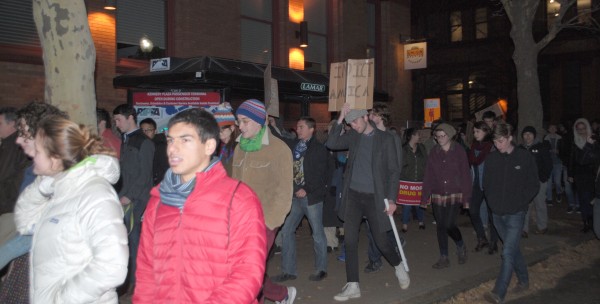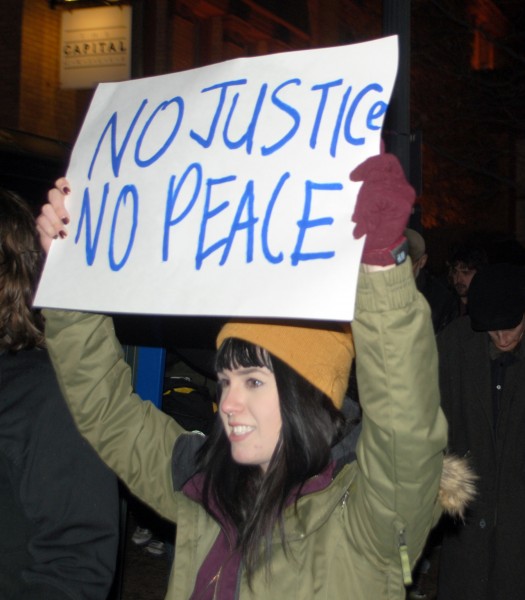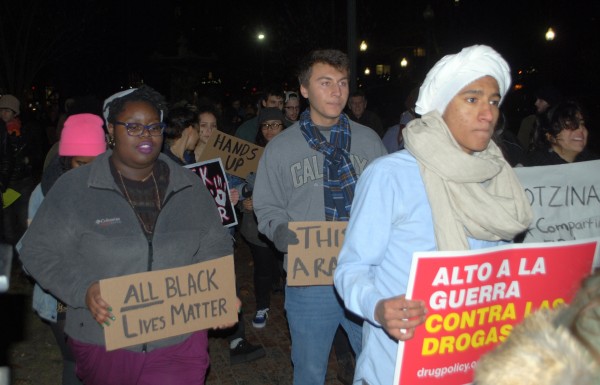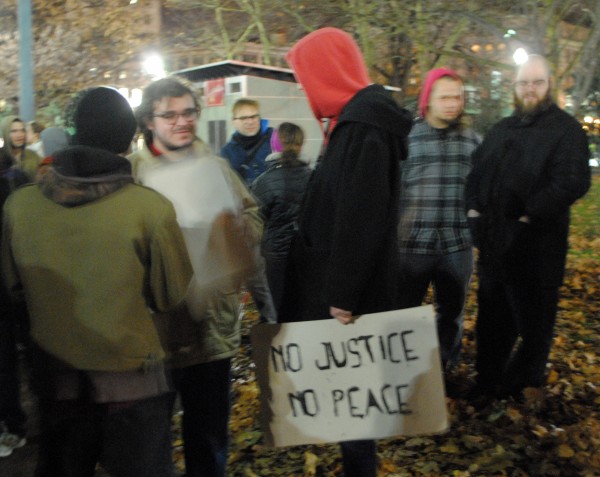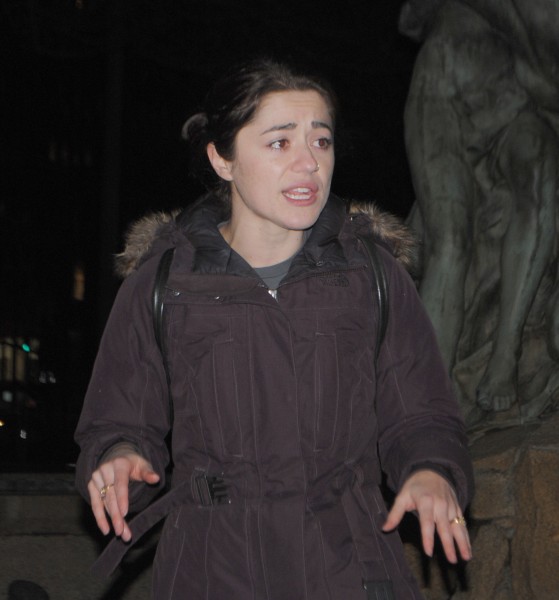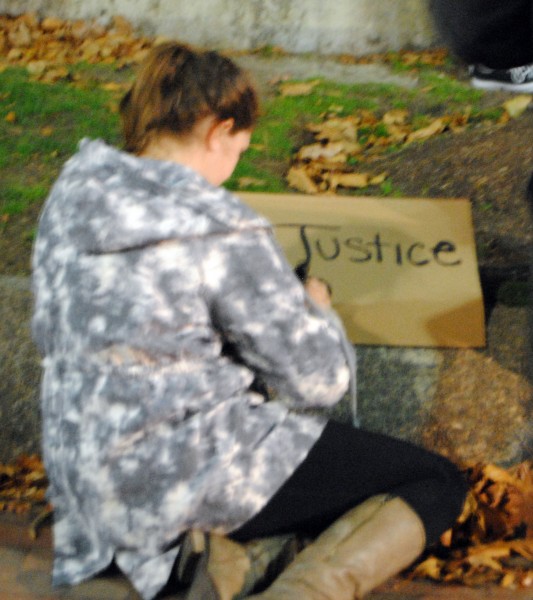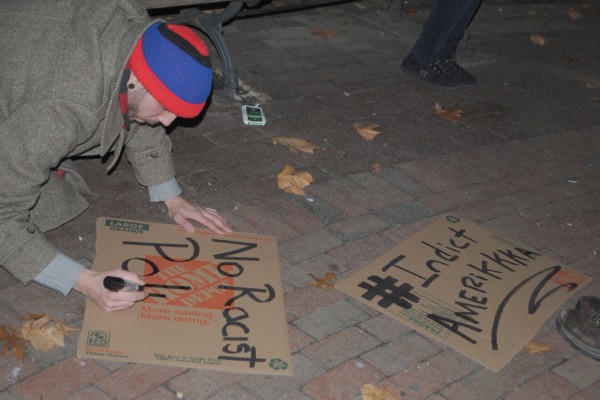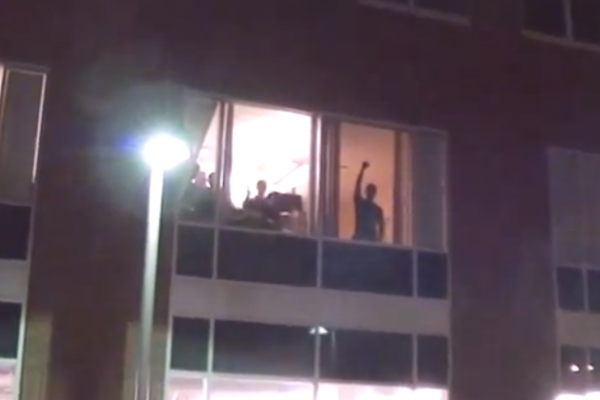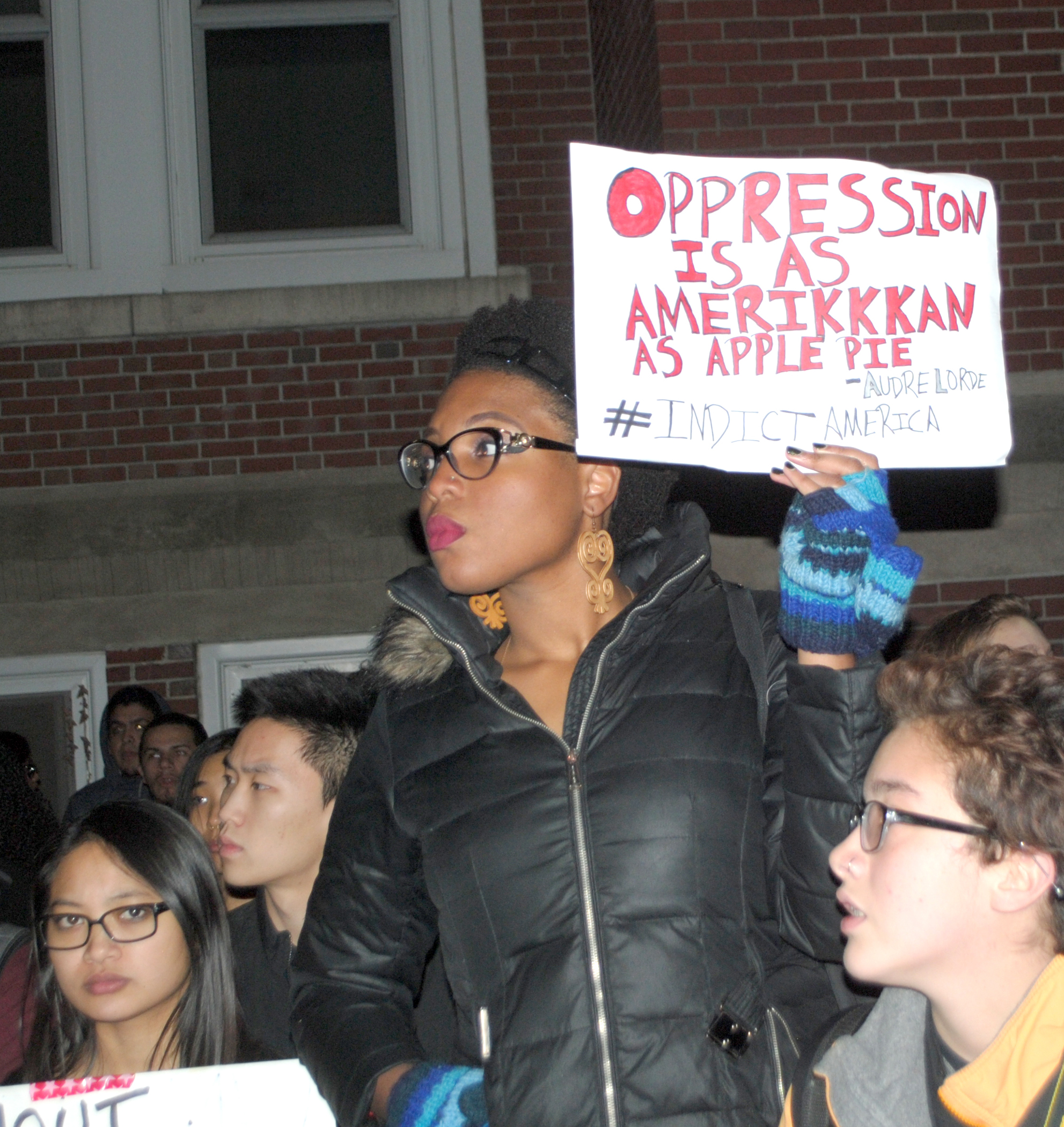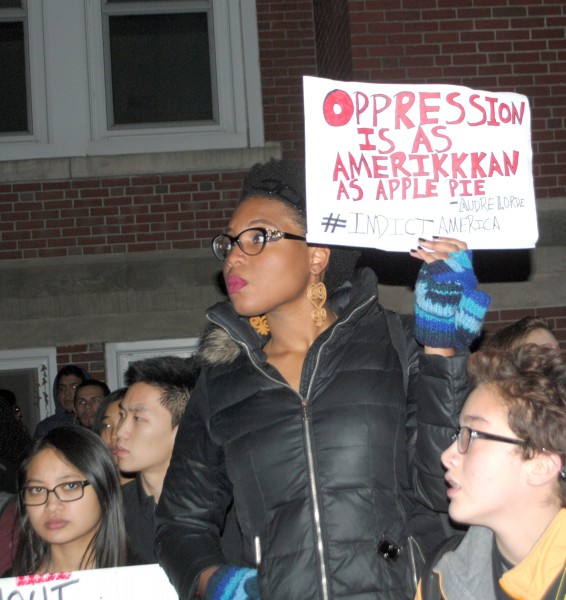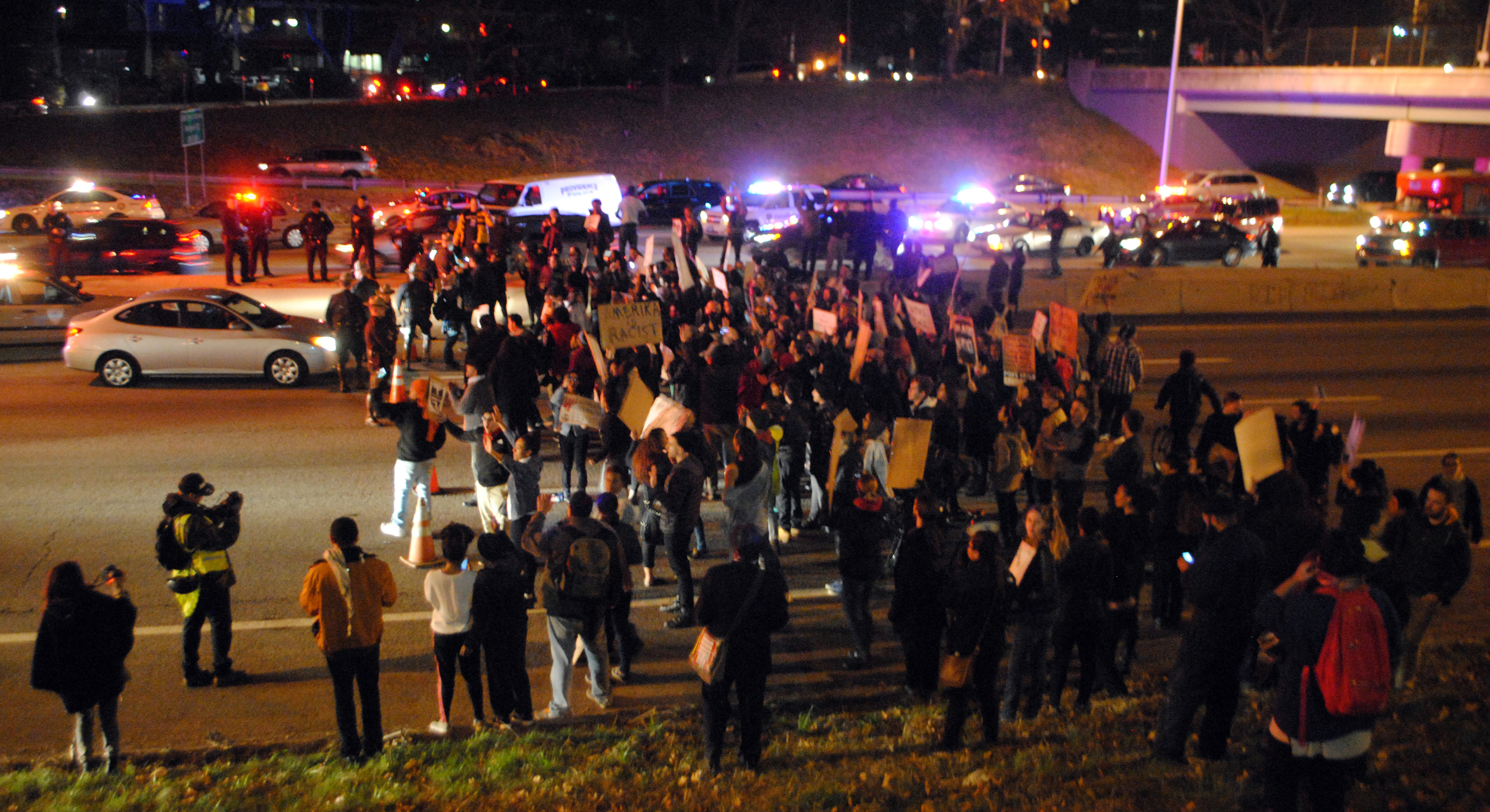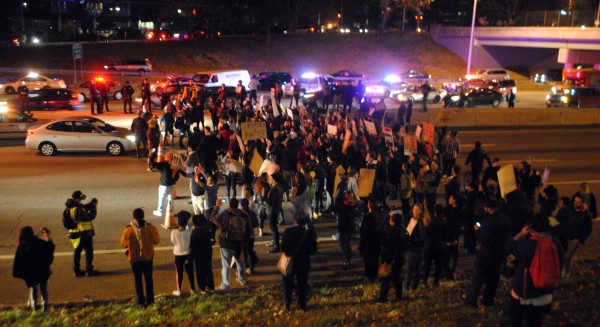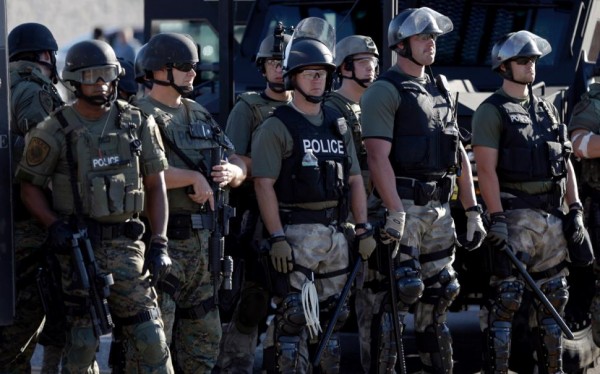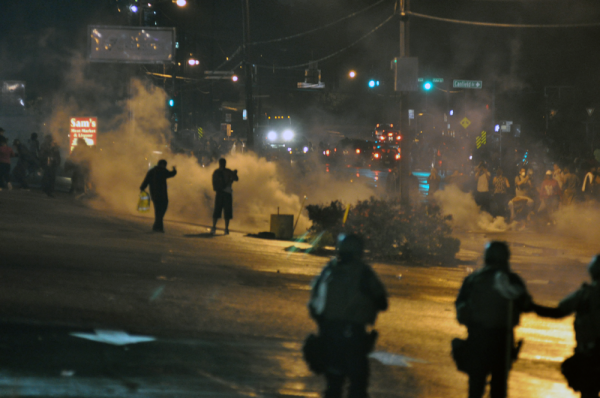
A new report from the Economic Policy Institute (EPI) by Richard Rothstein titled The Making of Ferguson: Public Policies at the Root of its Troubles puts some of the recent brouhaha over RhodeMap RI into keen perspective. We all know the story of the police murder of Mike Brown in the St. Louis suburb of Ferguson, MO, the high profile demonstrations from the black community in response, and the heavy handed, militarized police reaction. The US Department of Justice released a shocking report of systemic racism and economic exploitation of the black citizens of Ferguson, but the report from the EPI provides insight into how a racially segregated, predominantly low income African-American community like Ferguson can develop in the first place.
Rothstein begins by blaming racial prejudice and racist public policy. “No doubt, private prejudice and suburbanites’ desire for homogenous affluent environments contributed to segregation in St. Louis and other metropolitan areas. But these explanations are too partial, and too conveniently excuse public policy from responsibility. A more powerful cause of metropolitan segregation in St. Louis and nationwide has been the explicit intents of federal, state, and local governments to create racially segregated metropolises.”
It’s important to understand that the policies Rothstein exposes in his report are not located only in the immediate area of St. Louis, these policies existed across the nation, and even where such policies no longer officially exist, their effects can still be felt today. These policies, according to Rothstein, include:
- Government subsidies for white suburban developments that excluded blacks, depriving African Americans of the 20th century home-equity driven wealth gains reaped by whites;
- Denial of adequate municipal services in ghettos, leading to slum conditions in black neighborhoods that reinforced whites’ conviction that “blacks” and “slums” were synonymous;
- Boundary, annexation, spot zoning, and municipal incorporation policies designed to remove African Americans from residence near white neighborhoods, or to prevent them from establishing residence near white neighborhoods;
- Urban renewal and redevelopment programs to shift ghetto locations, in the guise of cleaning up those slums.
 RhodeMap RI was developed with an understanding of many of the problems Rothstein cites. The public review draft of RhodeMap has a section at the end concentrating on social equity that explicitly called on the plan to “implement a new economic model based on equity, fairness, and opportunity.” It is this part of the plan, the part that seeks to undo the kind of problems that plague communities of color like Ferguson, that seems to most bother RhodeMap opponents.
RhodeMap RI was developed with an understanding of many of the problems Rothstein cites. The public review draft of RhodeMap has a section at the end concentrating on social equity that explicitly called on the plan to “implement a new economic model based on equity, fairness, and opportunity.” It is this part of the plan, the part that seeks to undo the kind of problems that plague communities of color like Ferguson, that seems to most bother RhodeMap opponents.
Rothstein takes a shot at offering possible solutions towards the end of his report, writing, “Many practical programs and regulatory strategies can address problems of Ferguson and similar communities nationwide.” For instance, governments might “require even outer-ring suburbs to repeal zoning ordinances that prohibit construction of housing that lower- or moderate-income residents – white or black – can afford. Going further, we could require every community to permit development of housing to accommodate a ‘fair share’ of its region’s low-income and minority populations…”
- Racial injustice vs. property rights: Ferguson and RhodeMap
- Gary Morse stokes suburban fears with racially charged half truths
- Setting the record straight on RhodeMapRI
- RhodeMapRI opponents fear future plans, affordable housing
Rhode Island has something of a fair share law (as part of the Rhode Island Comprehensive Housing Production and Rehabilitation Act of 2004 and Rhode Island Low and Moderate Income Housing Act (Rhode Island General Laws 45-53)) which sets a 10% goal for each of the state’s cities and town to meet—the goal being that 10% of the units in a town are “affordable.”
Most of the pushback against RhodeMap comes from communities that have very little affordable rental housing and are predominantly White. Legislation to undermine existing laws requiring cities and towns to plan for affordable housing is part of that pushback , such as House Bill 5643, which would “eliminate the mandate requiring cities and towns to include an affordable housing program in their comprehensive plans” or House Bill 5644 which “would remove the mandate requiring cities and towns to include an affordable housing program in their comprehensive plans and would provide an opt-out provision regarding any provision in the state guide plan regarding affordable housing and any related land use provisions” are naked attempts to keep affordable housing, and those who need it, out of their communities.
The legislators who are introducing and supporting the bills are all Republicans, or in one case an “Independent” representing primarily suburban and rural communities like Richmond (Note: part of Rep. Justin Price’s district), West Greenwich (part of Rep. Sherry Robert’s district) Coventry, Hopkinton, Charlestown, Portsmouth, Exeter and East Greenwich. Note that Richmond and West Greenwich have made “no progress” and East Greenwich has made “no significant progress” in meeting the 10% goal.
Undoing the damage of decades of racist housing policy and preventing future Fergusons requires a plan. RhodeMap RI isn’t quite that plan, it’s more a collection of guidelines to help communities develop a plan, but it’s a good step in the right direction. Those opposed to RhodeMap like to put on their “free market” hats and declare that any government intervention into housing is some sort of fascist violation of property rights. However, racially segregated housing is the product of just the kind of government sponsored social engineering that RhodeMap opponents complain of, and many of those opponents have also waged fights to prevent construction of affordable rental units in places such as Barrington and East Greenwich.
To be consistent these defenders of the free market should be calling for a repeal of all zoning restrictions in their communities, but of course they will not. Instead, they will zealously guard the status quo by defending zoning laws that the prevent construction of low income housing too close to their safe suburban enclaves. Opponents of RhodeMap object to being called racists, but when their claims of defending property rights are not equally applied to property owners who want to build affordable housing on their land, what else are we to think?


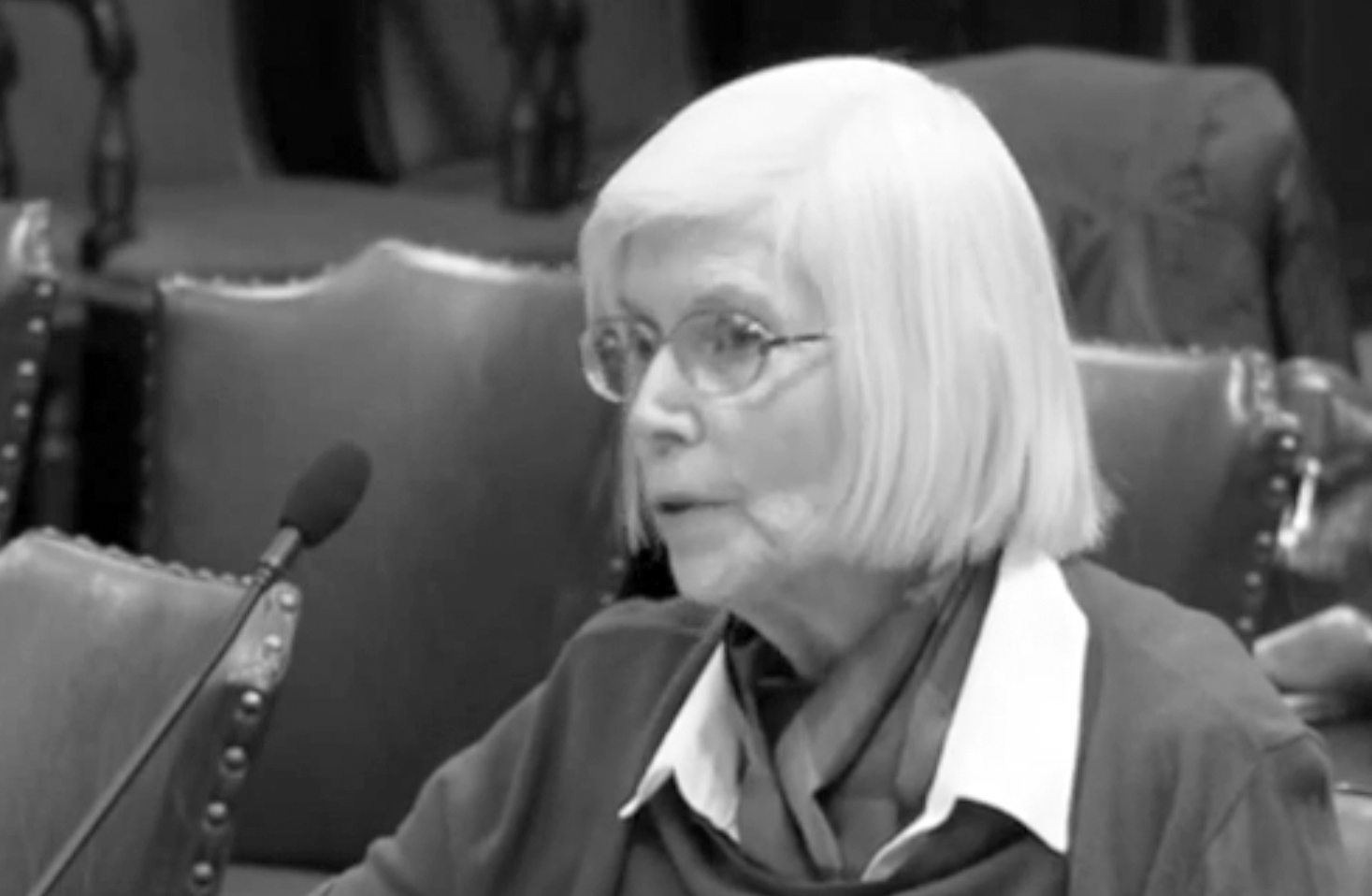
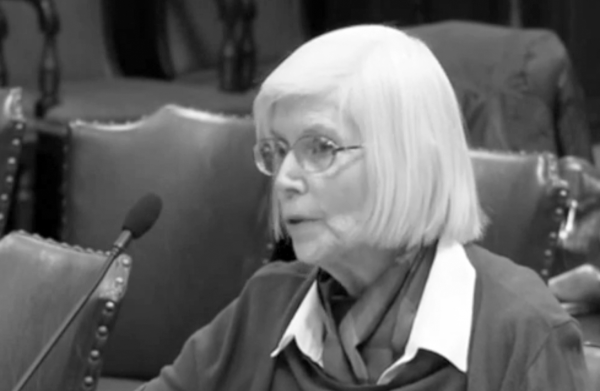
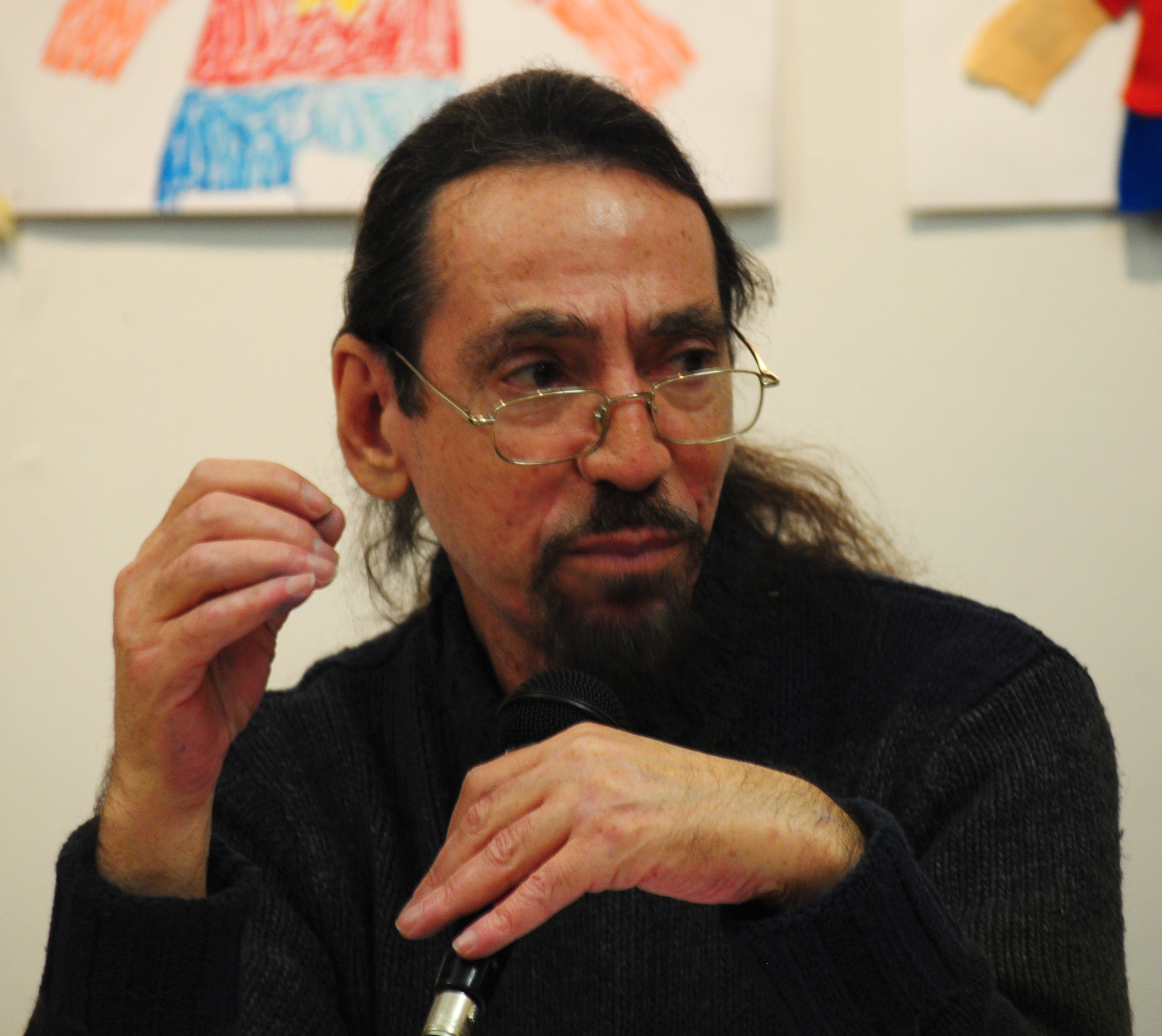
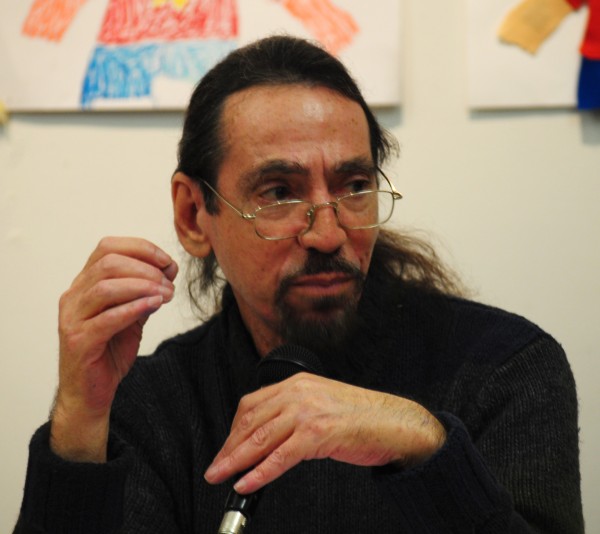
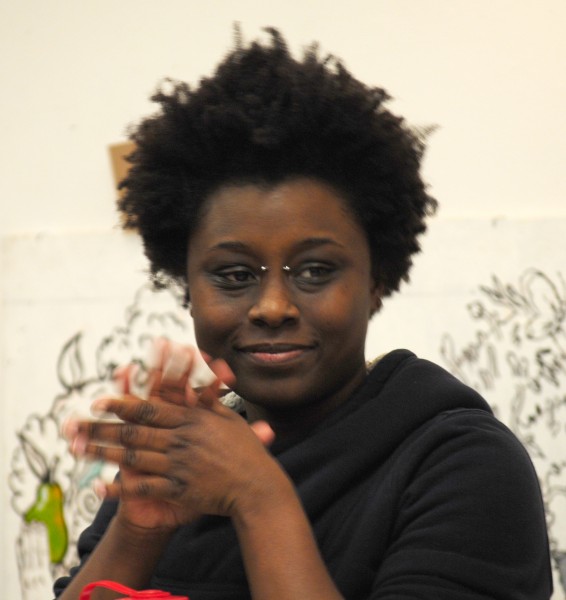
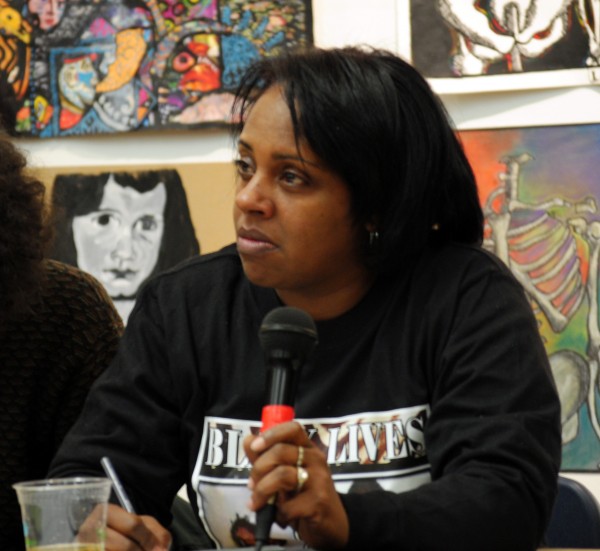
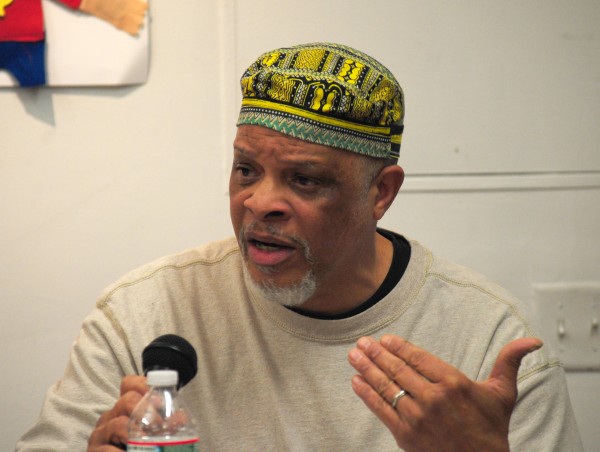
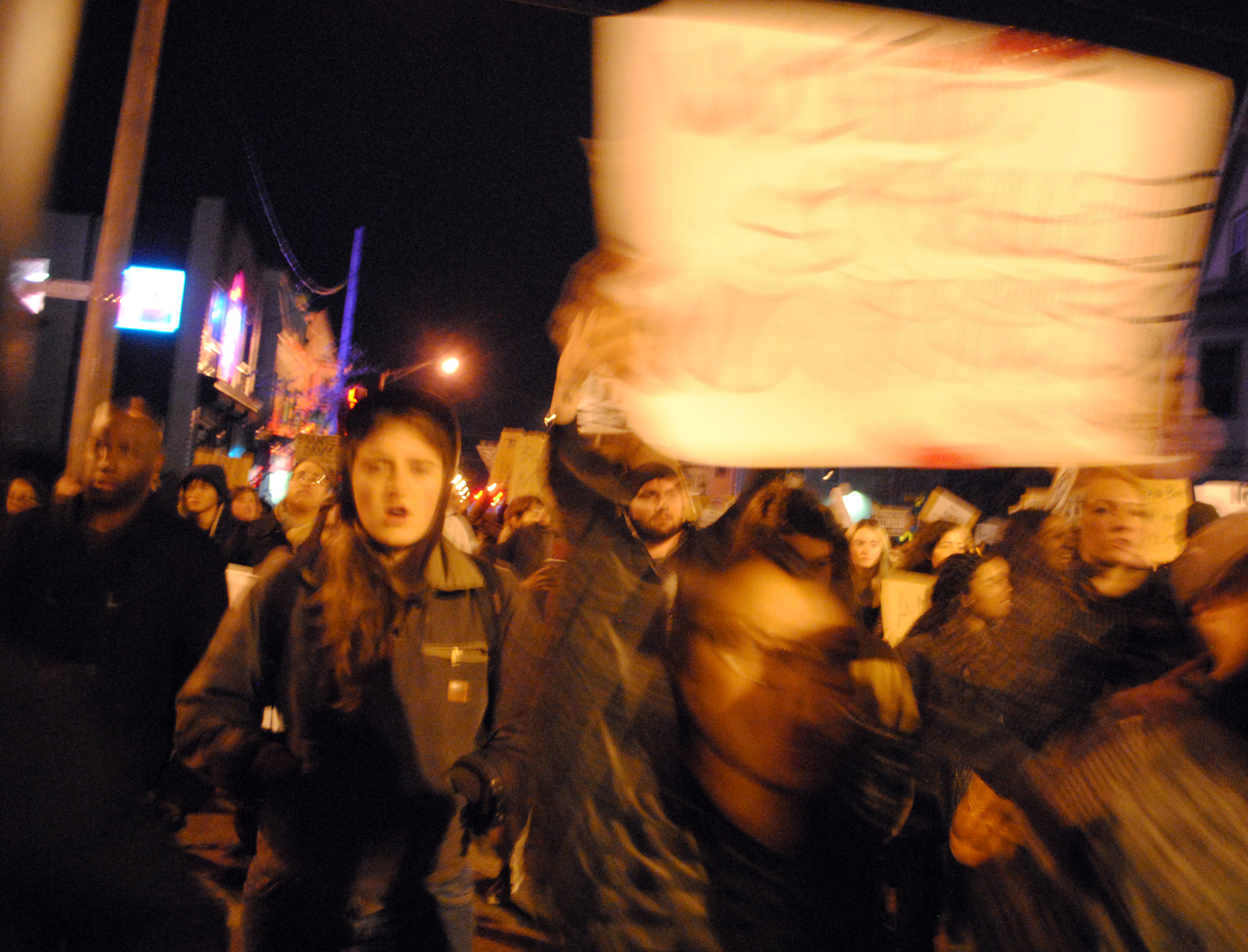
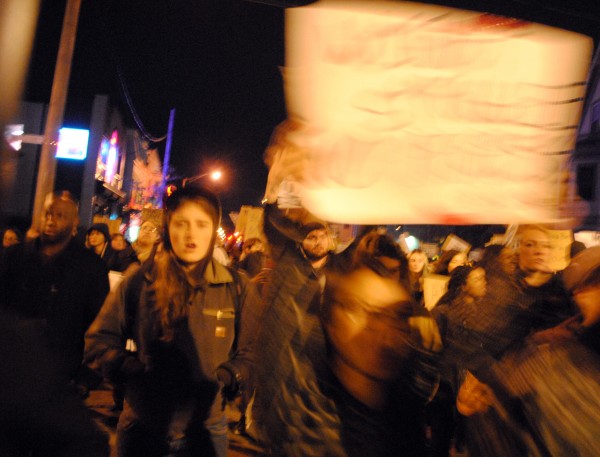 Tess Brown-Lavoie
Tess Brown-Lavoie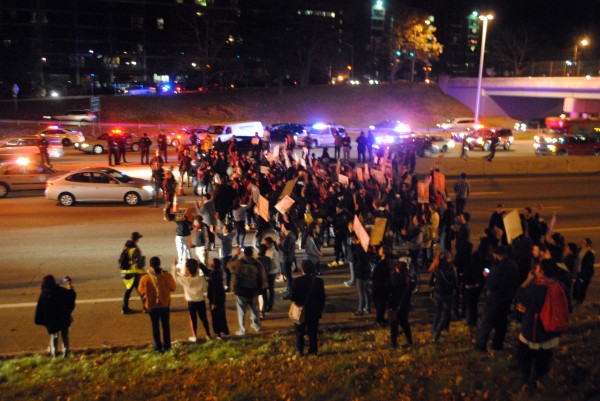 Perhaps the most interesting part of Navarro’s testimony was his description of the events that transpired on the night of the protest. Navarro arrived at the state police barracks on Route 146 in Lincoln just before the call came in about a disturbance on Route 95 near the Washington St. bridge. Four troopers in four cars responded from the barracks, and hit heavy traffic, caused by the protesters blocking the highway, where 146 meets 95.
Perhaps the most interesting part of Navarro’s testimony was his description of the events that transpired on the night of the protest. Navarro arrived at the state police barracks on Route 146 in Lincoln just before the call came in about a disturbance on Route 95 near the Washington St. bridge. Four troopers in four cars responded from the barracks, and hit heavy traffic, caused by the protesters blocking the highway, where 146 meets 95.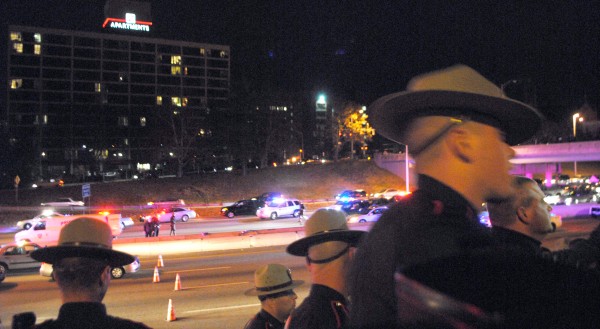 It was while ordering the crowd up the embankment and over the fence back onto the service road that runs parallel to the highway and alongside the Providence Public Safety Complex that Navarro noted an altercation and noted that his fellow officers were in the process of arresting two black men. Navarro focused on his portion of the crowd, commanding the protesters up the embankment and back over the fence.
It was while ordering the crowd up the embankment and over the fence back onto the service road that runs parallel to the highway and alongside the Providence Public Safety Complex that Navarro noted an altercation and noted that his fellow officers were in the process of arresting two black men. Navarro focused on his portion of the crowd, commanding the protesters up the embankment and back over the fence.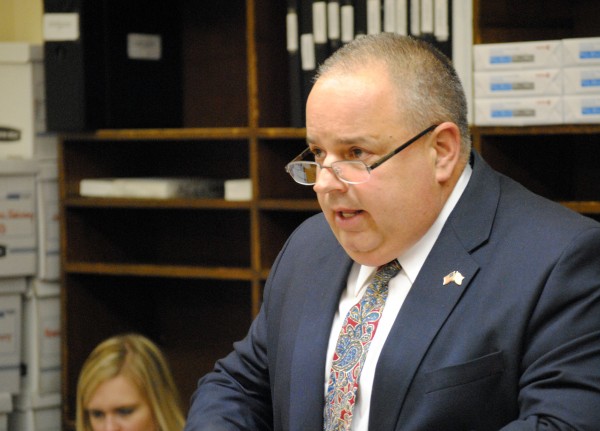
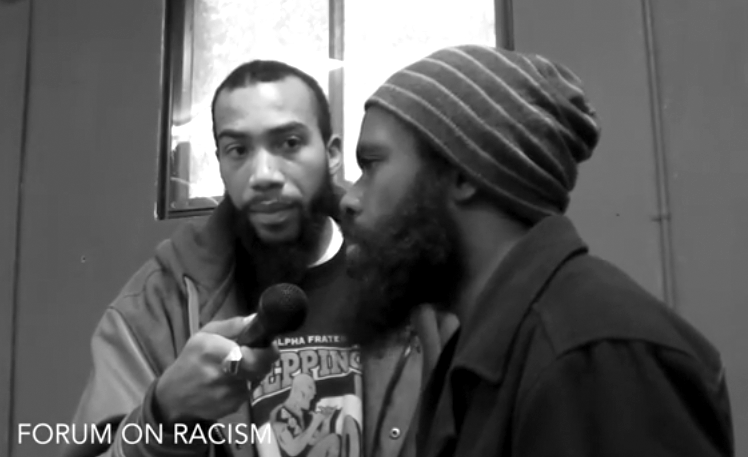
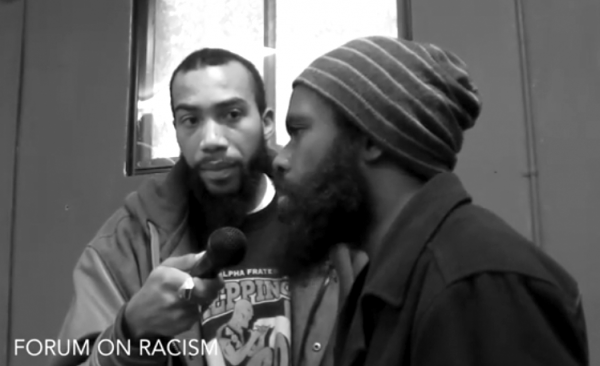

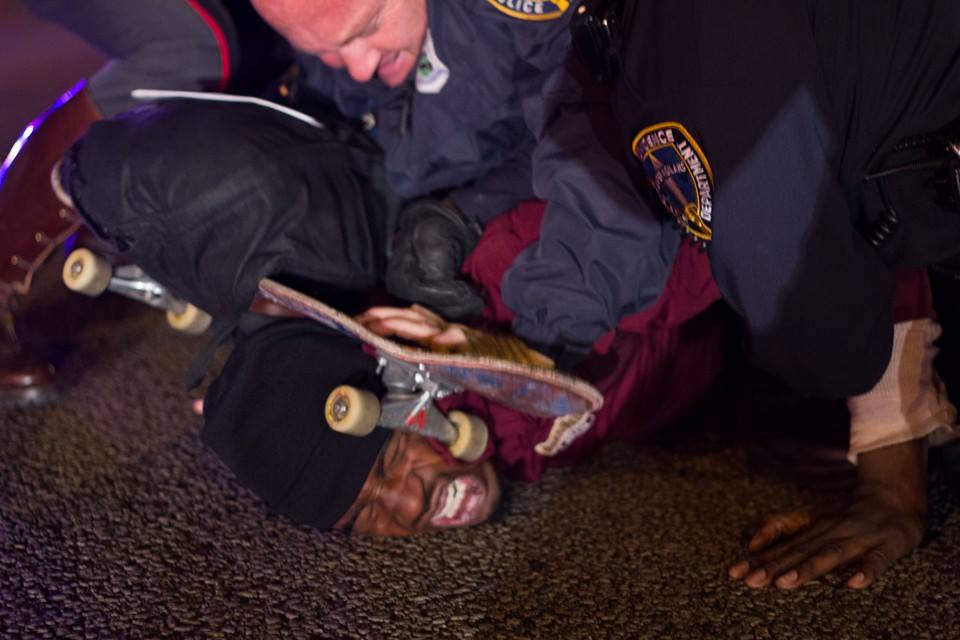
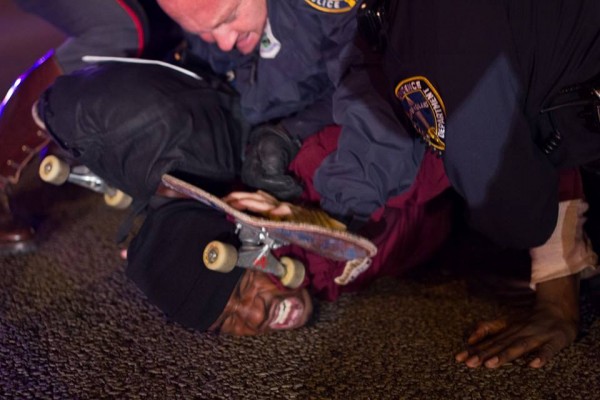
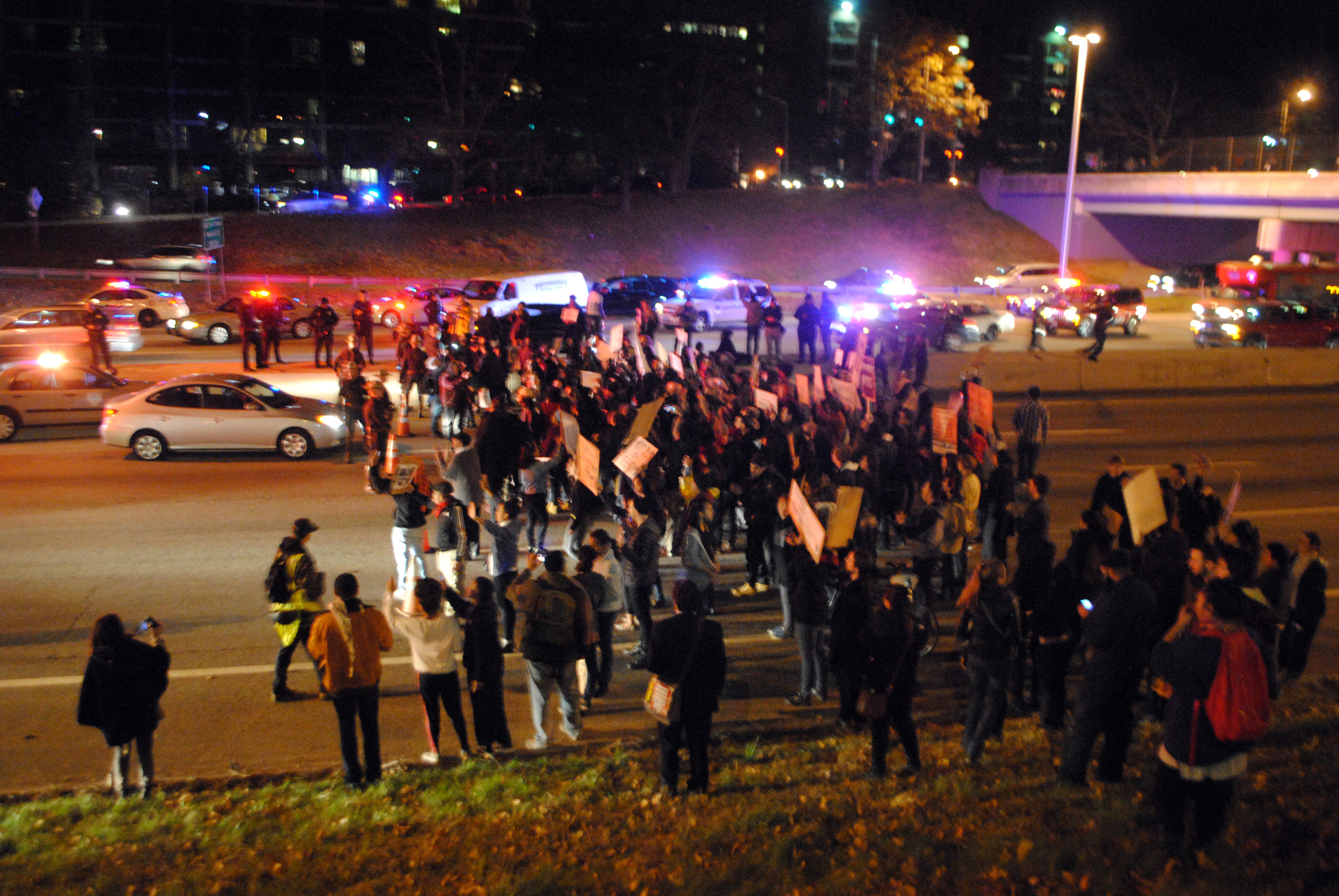
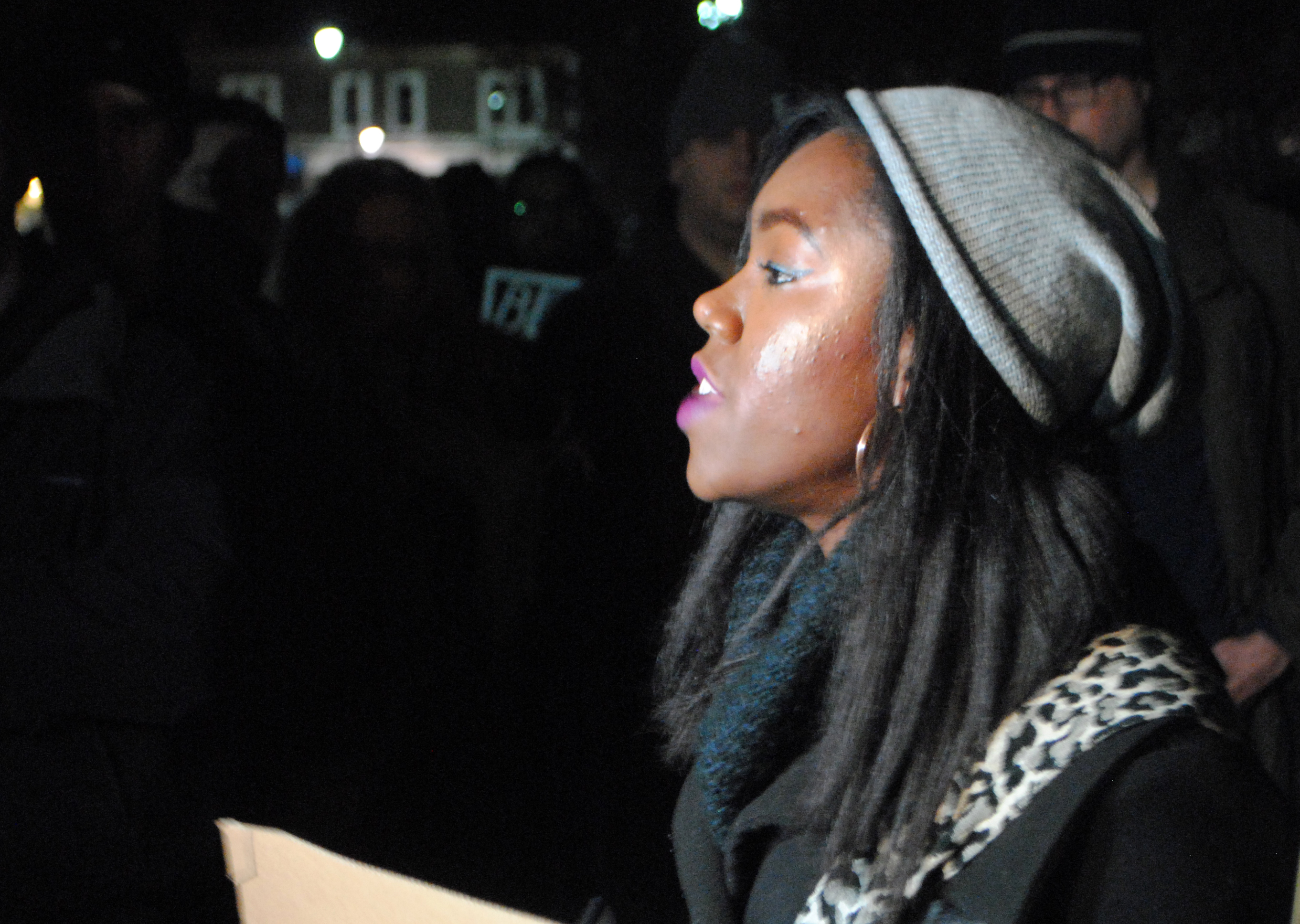
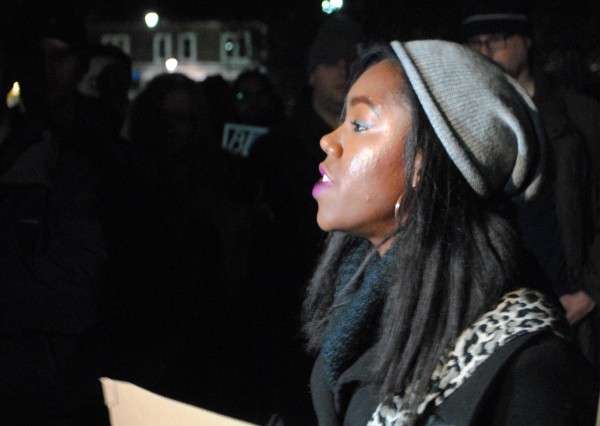 Friday night’s
Friday night’s 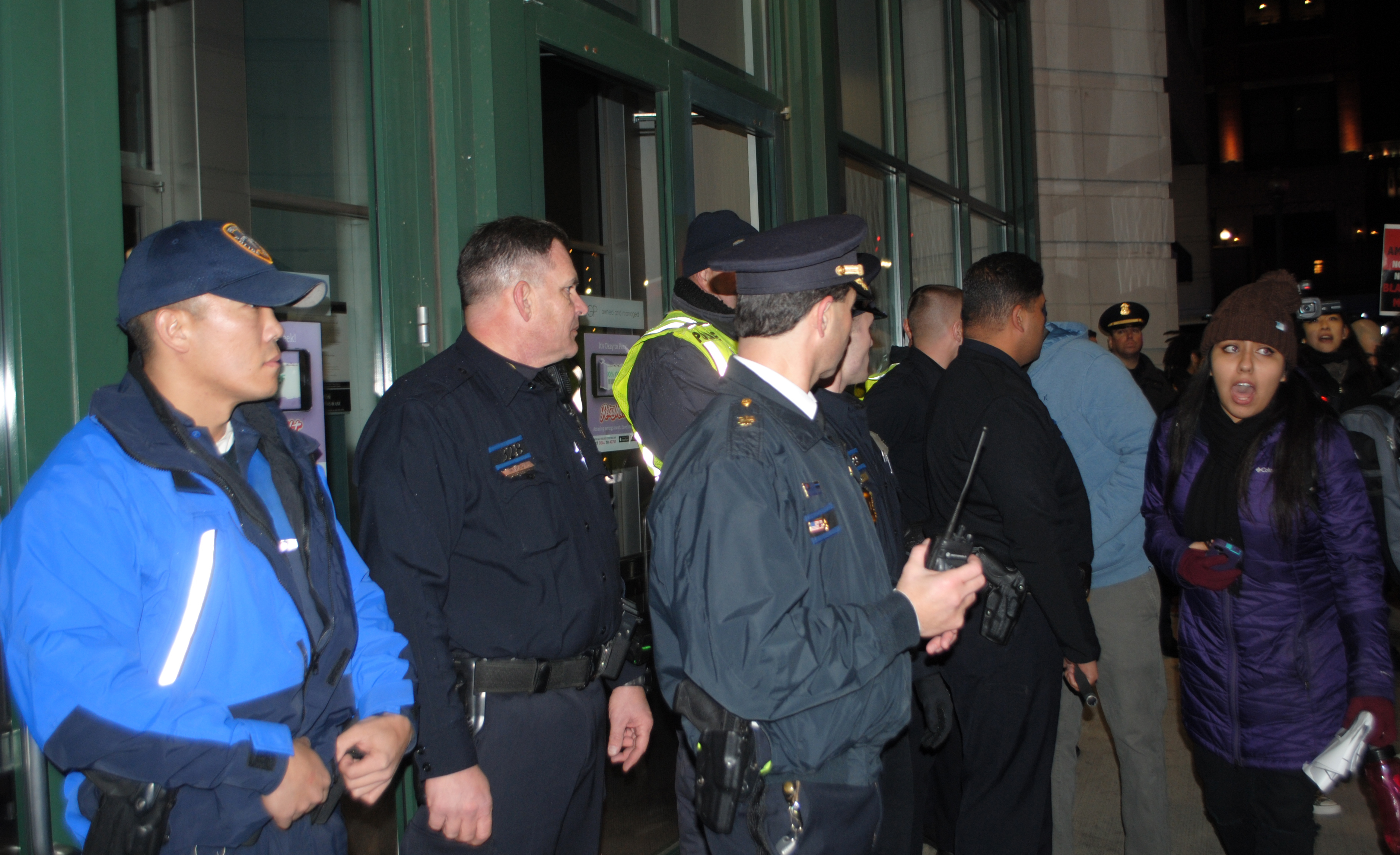
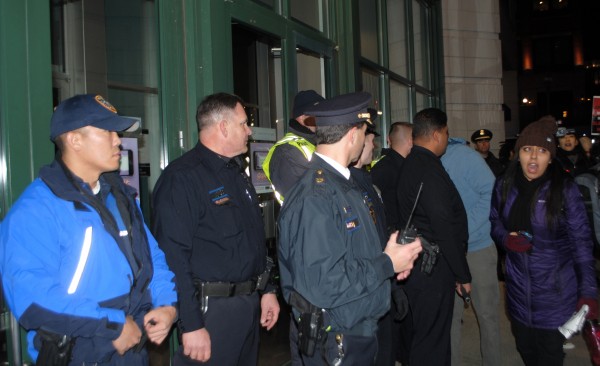
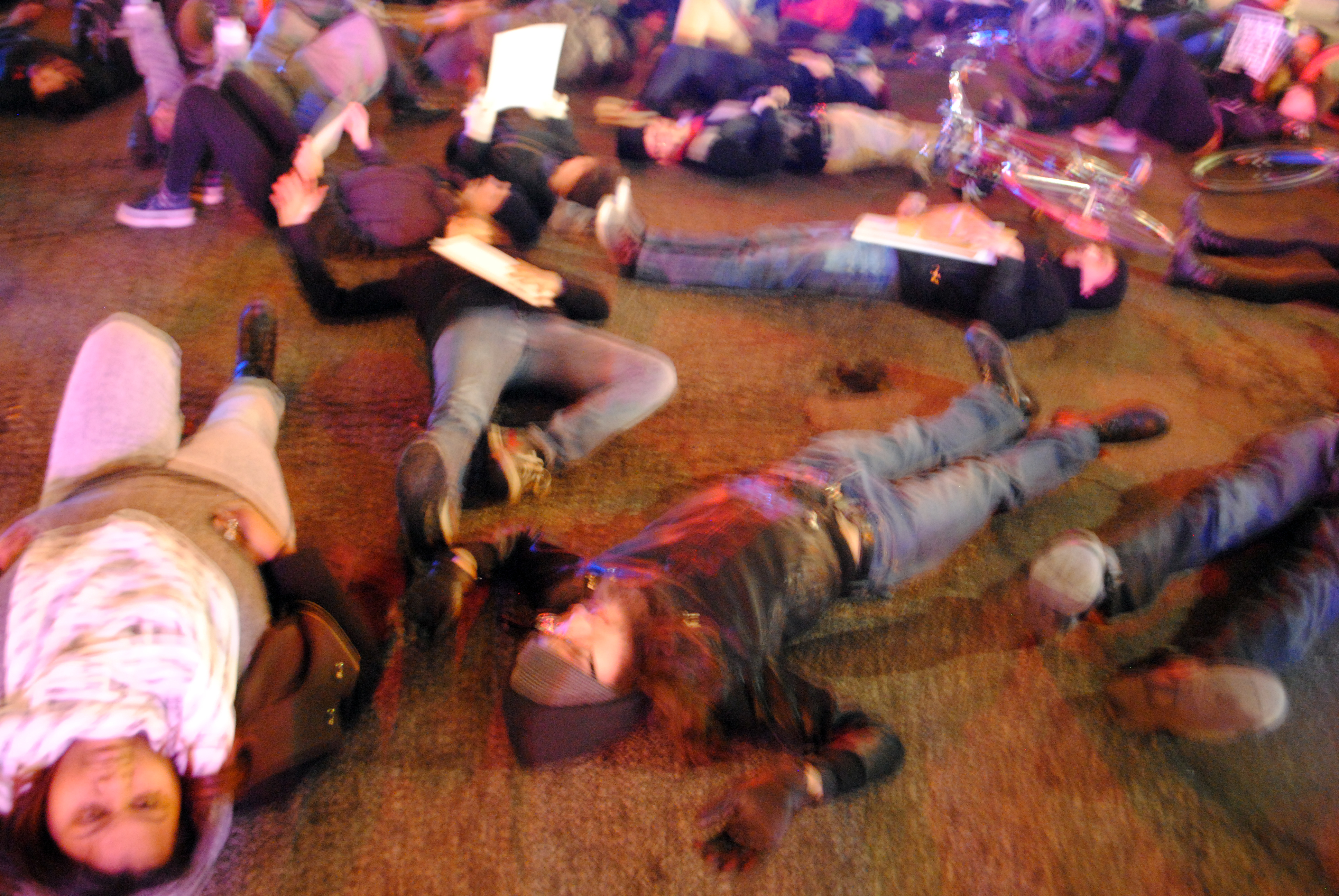
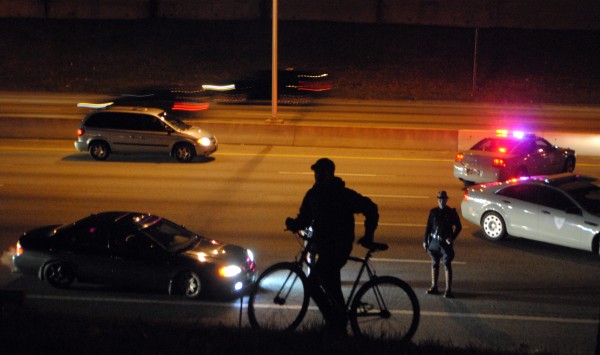
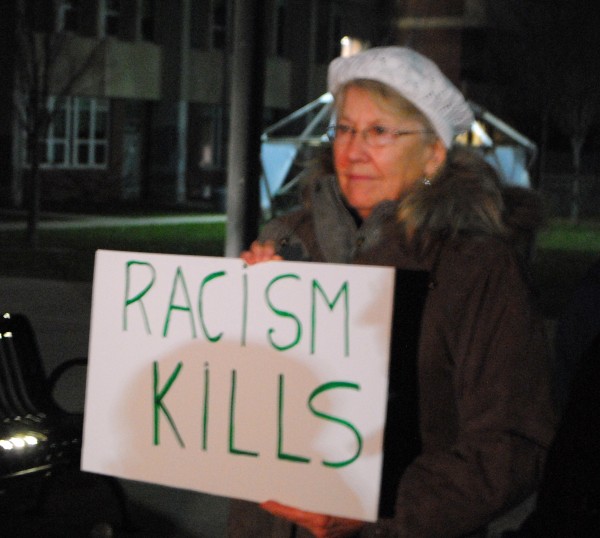
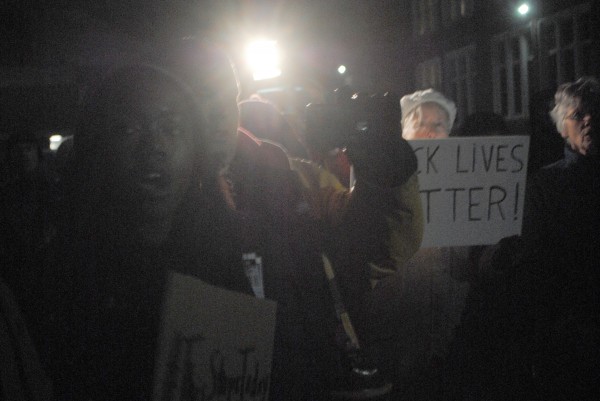
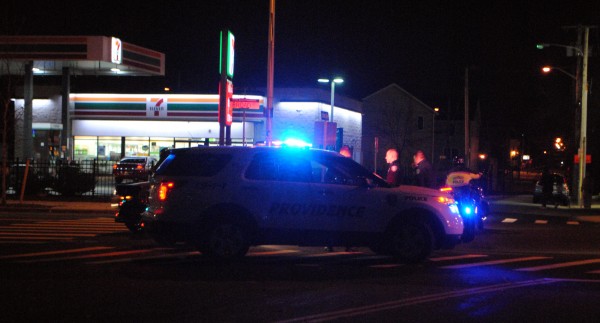
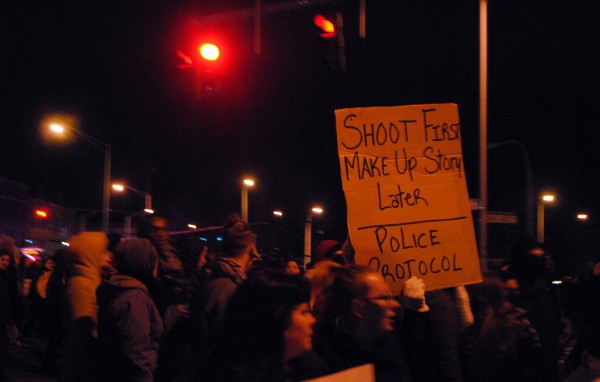
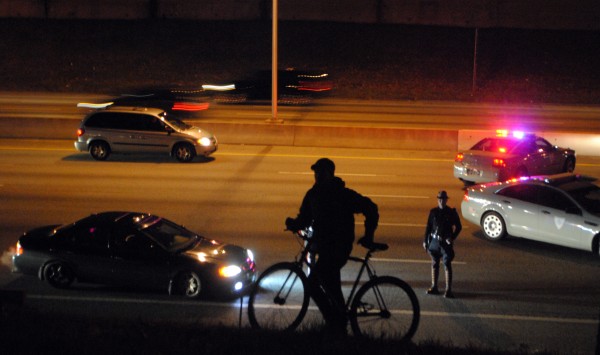
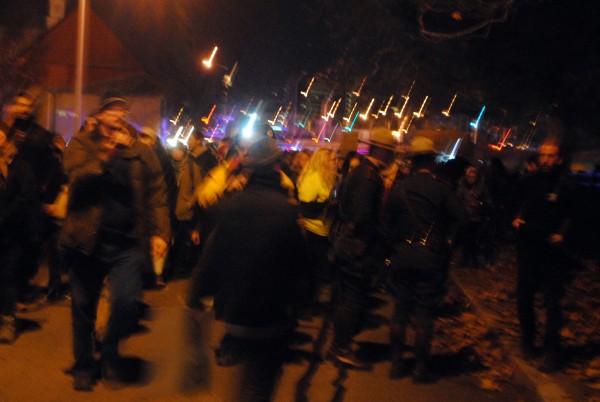
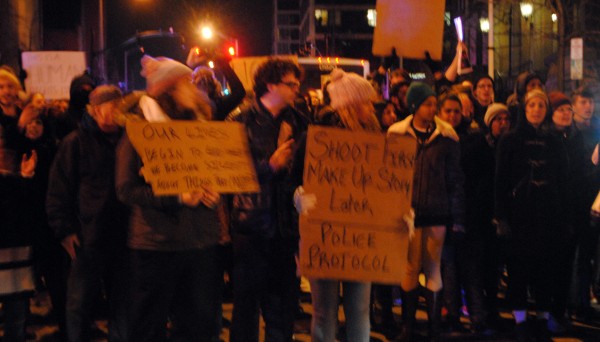
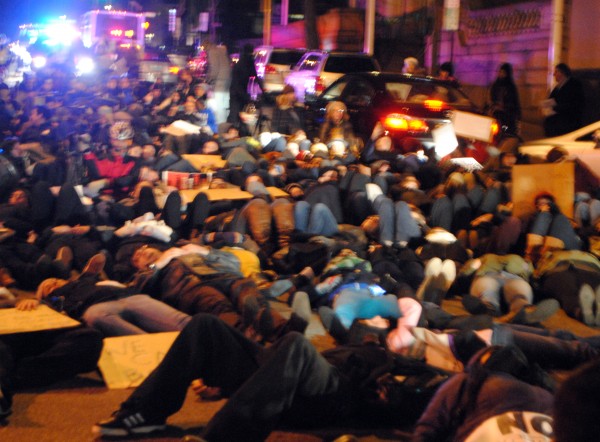
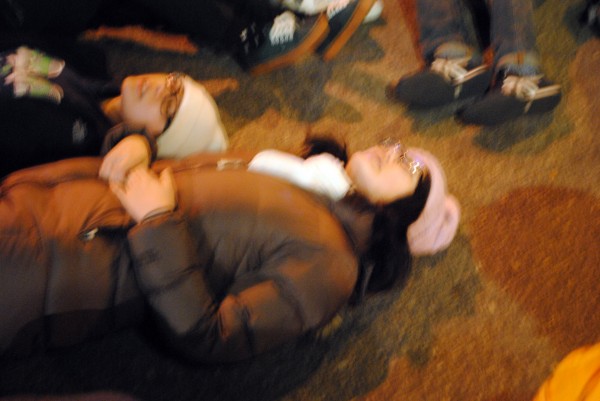
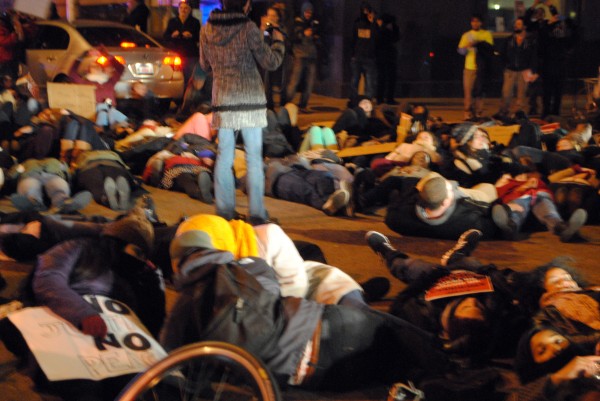
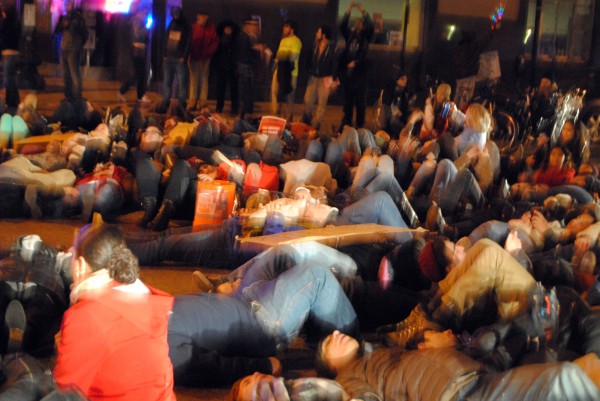
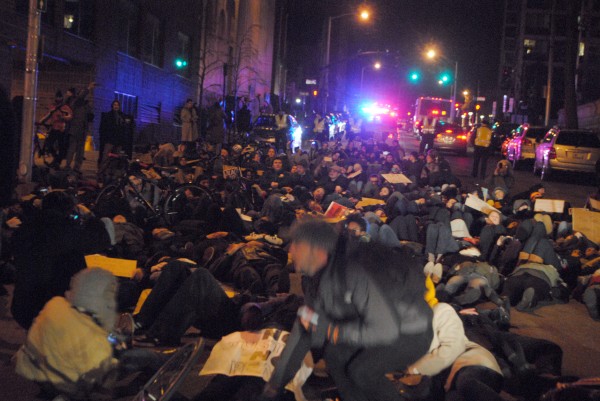
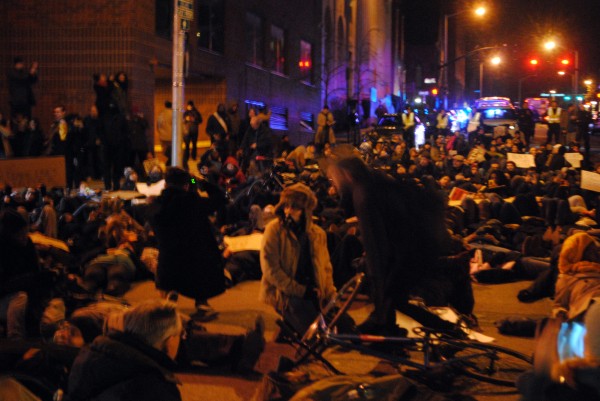
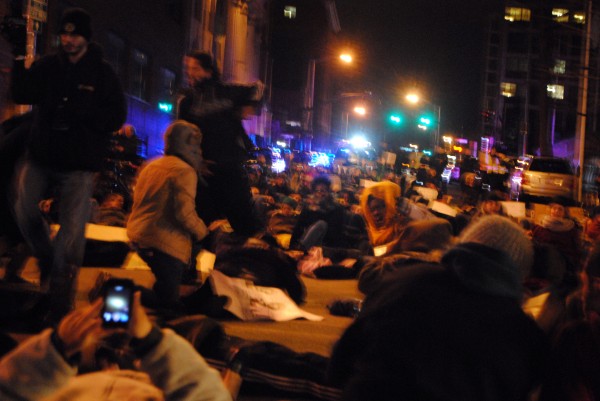
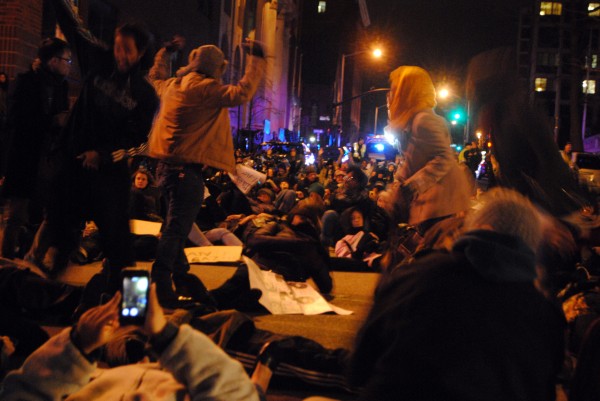
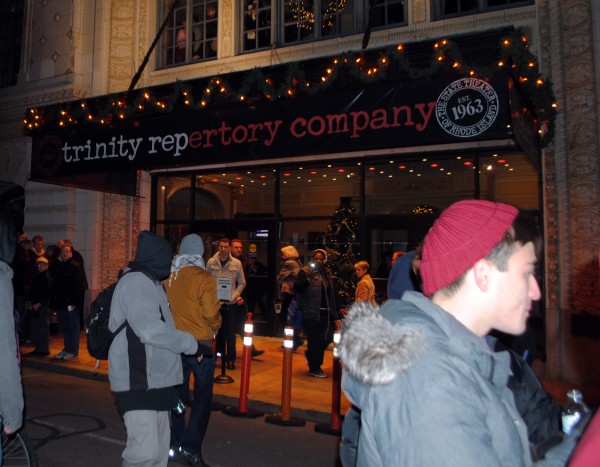
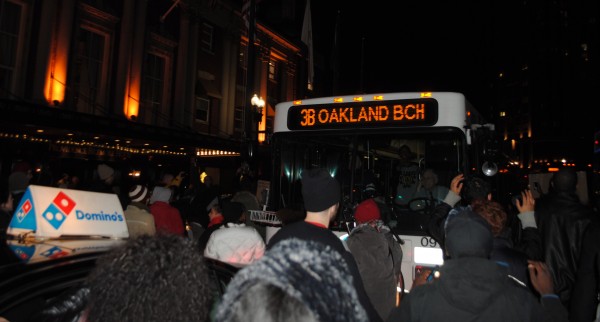
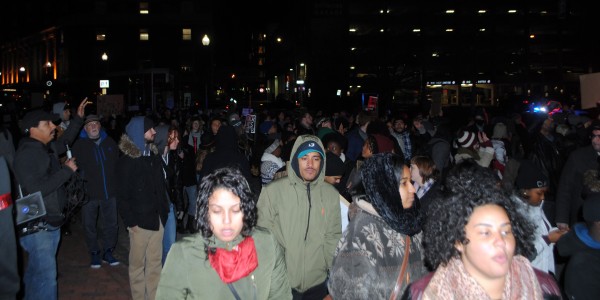
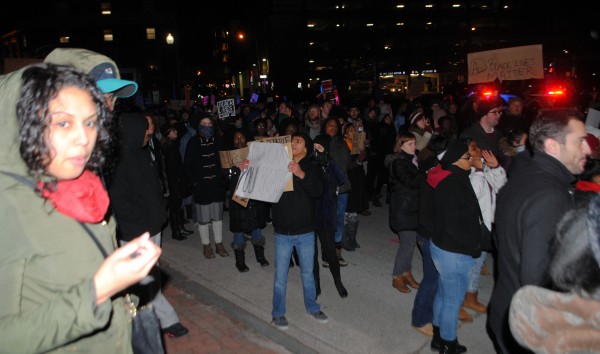
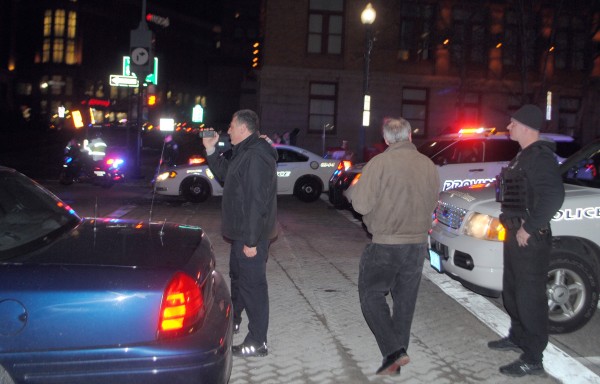
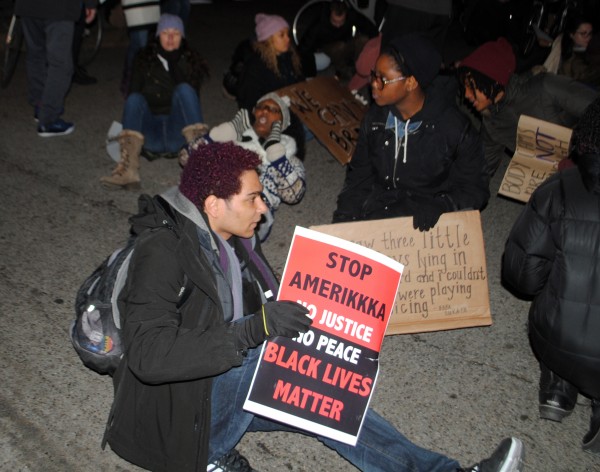
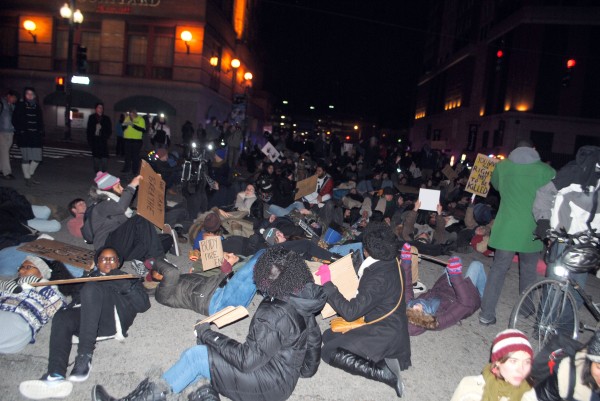
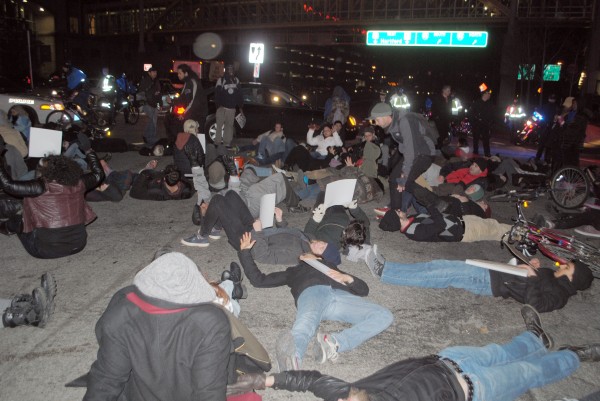
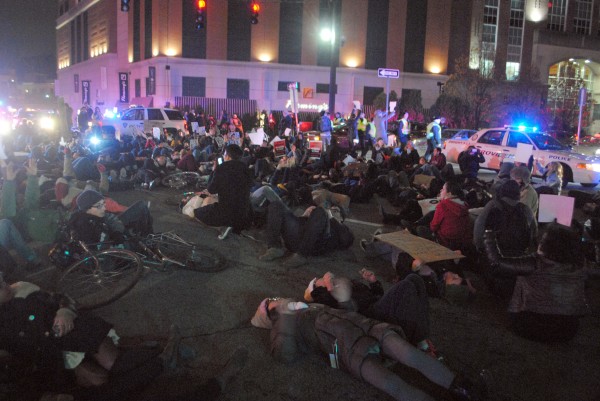
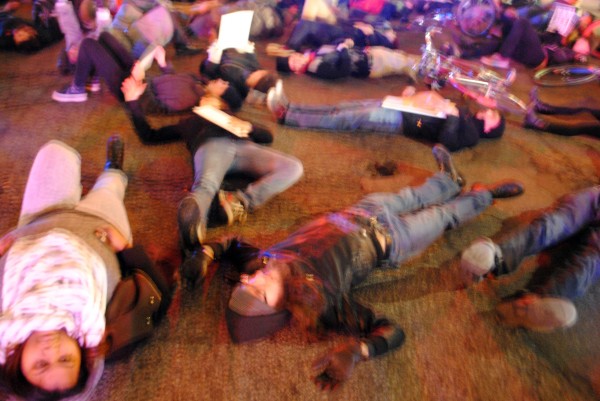
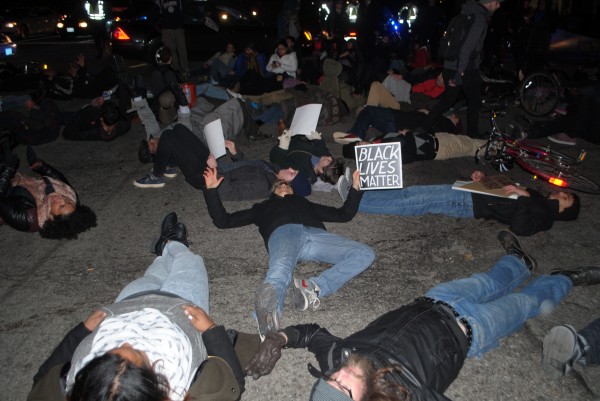
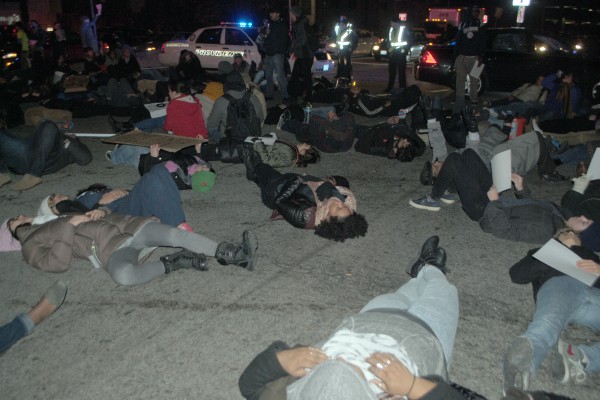
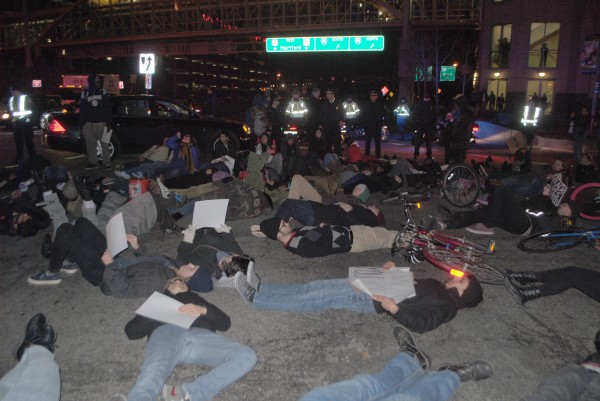
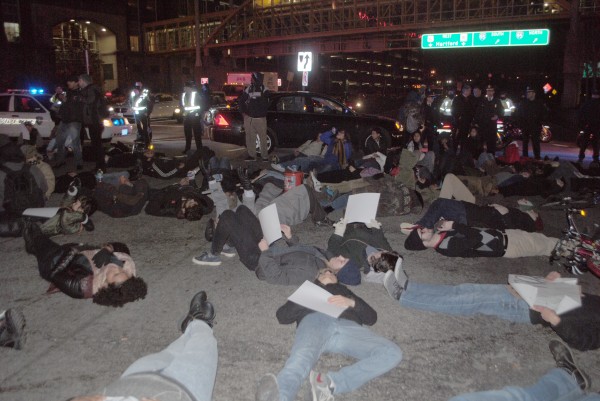
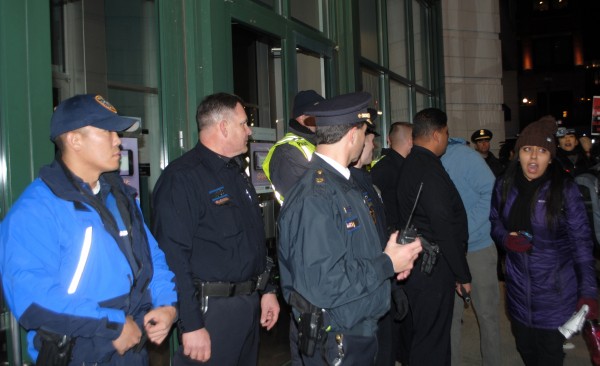
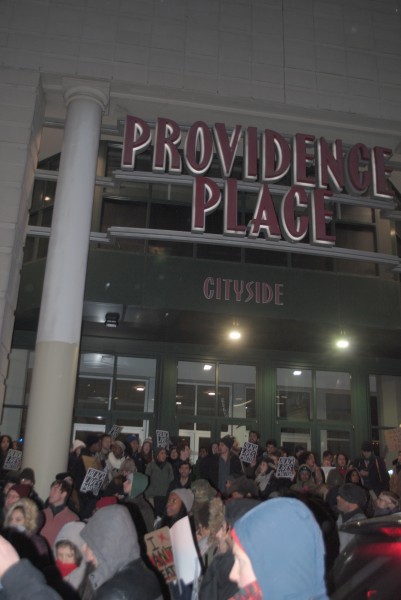
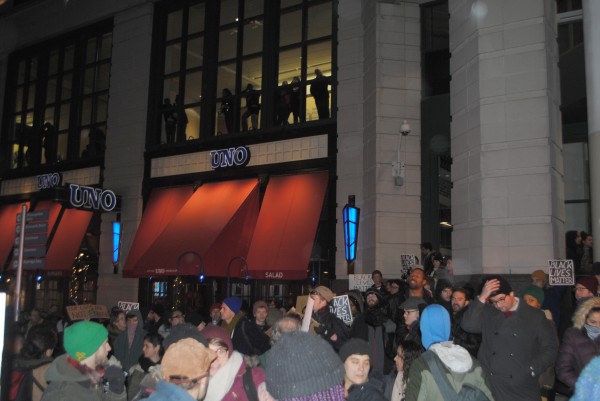
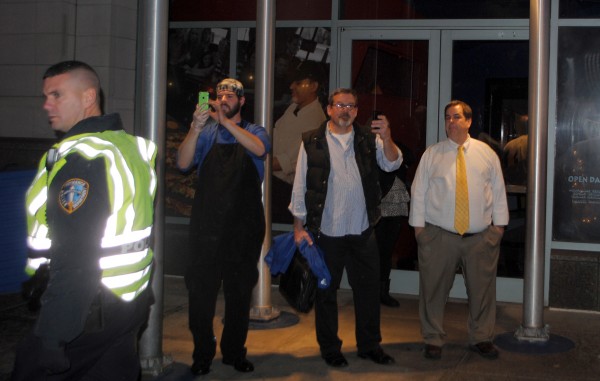
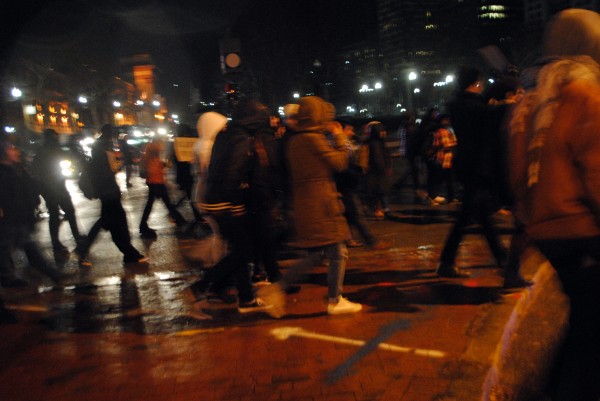
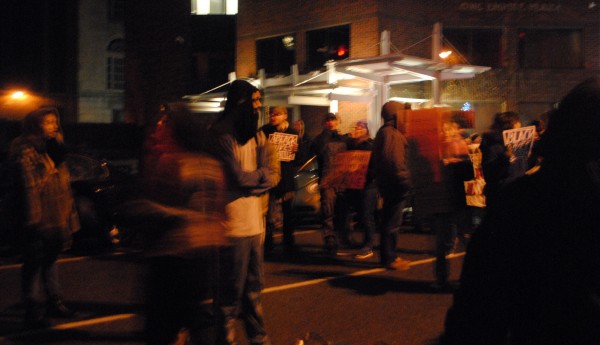
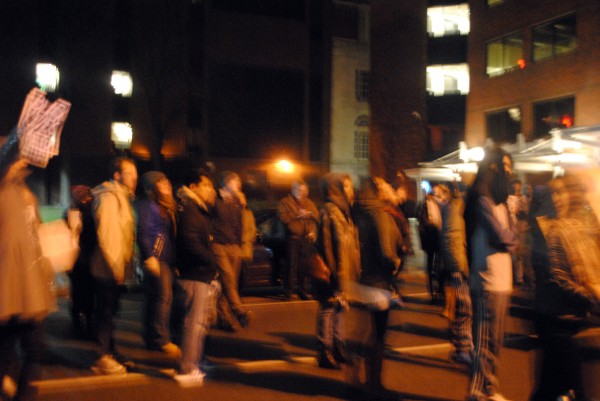
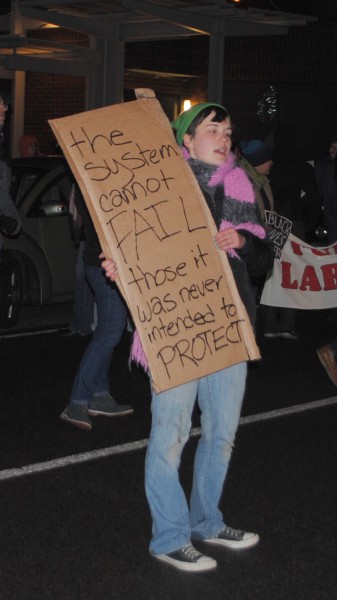
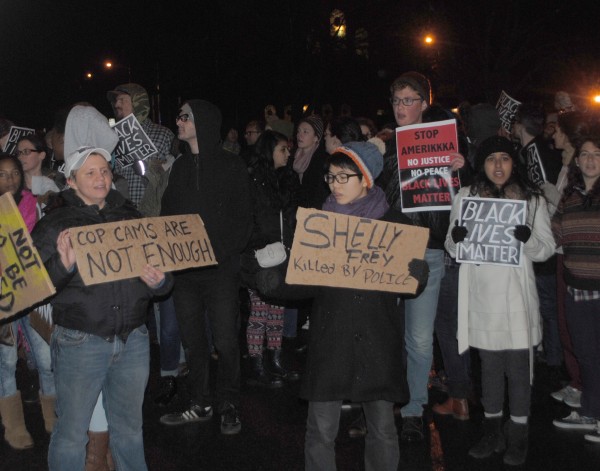
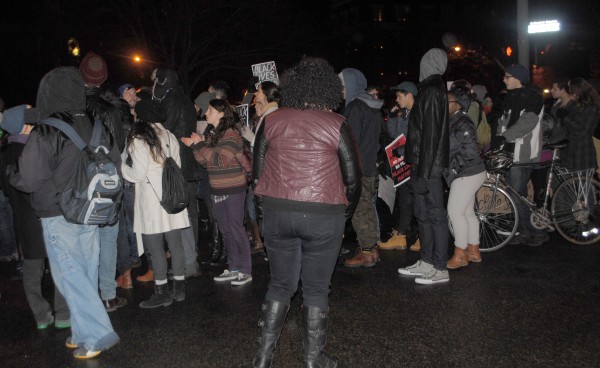
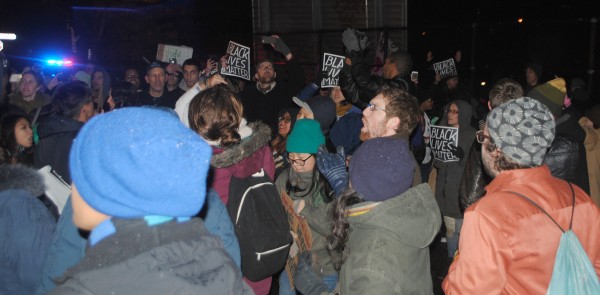
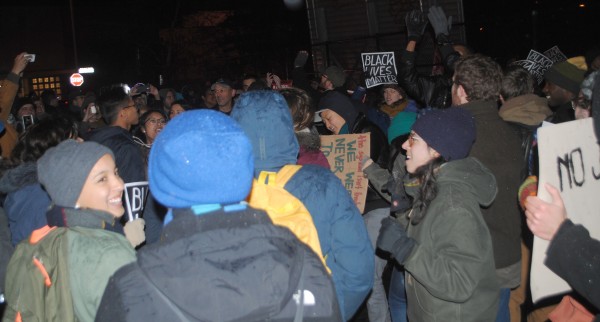
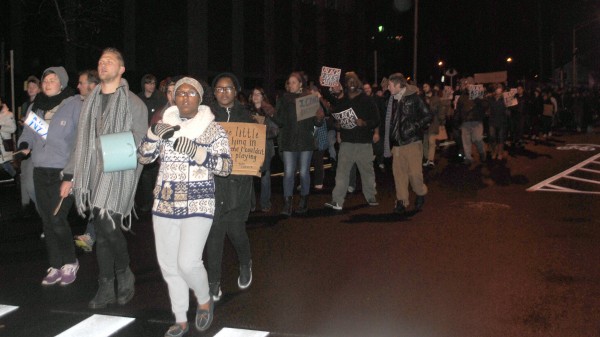
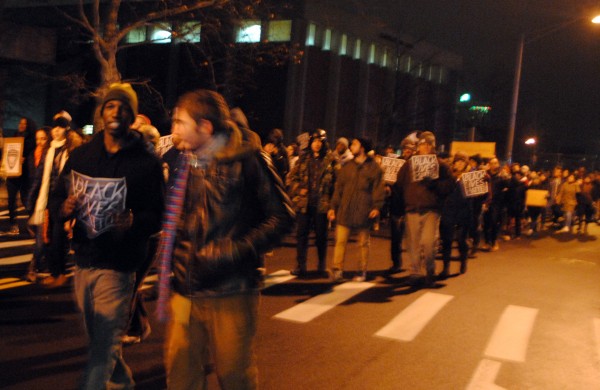
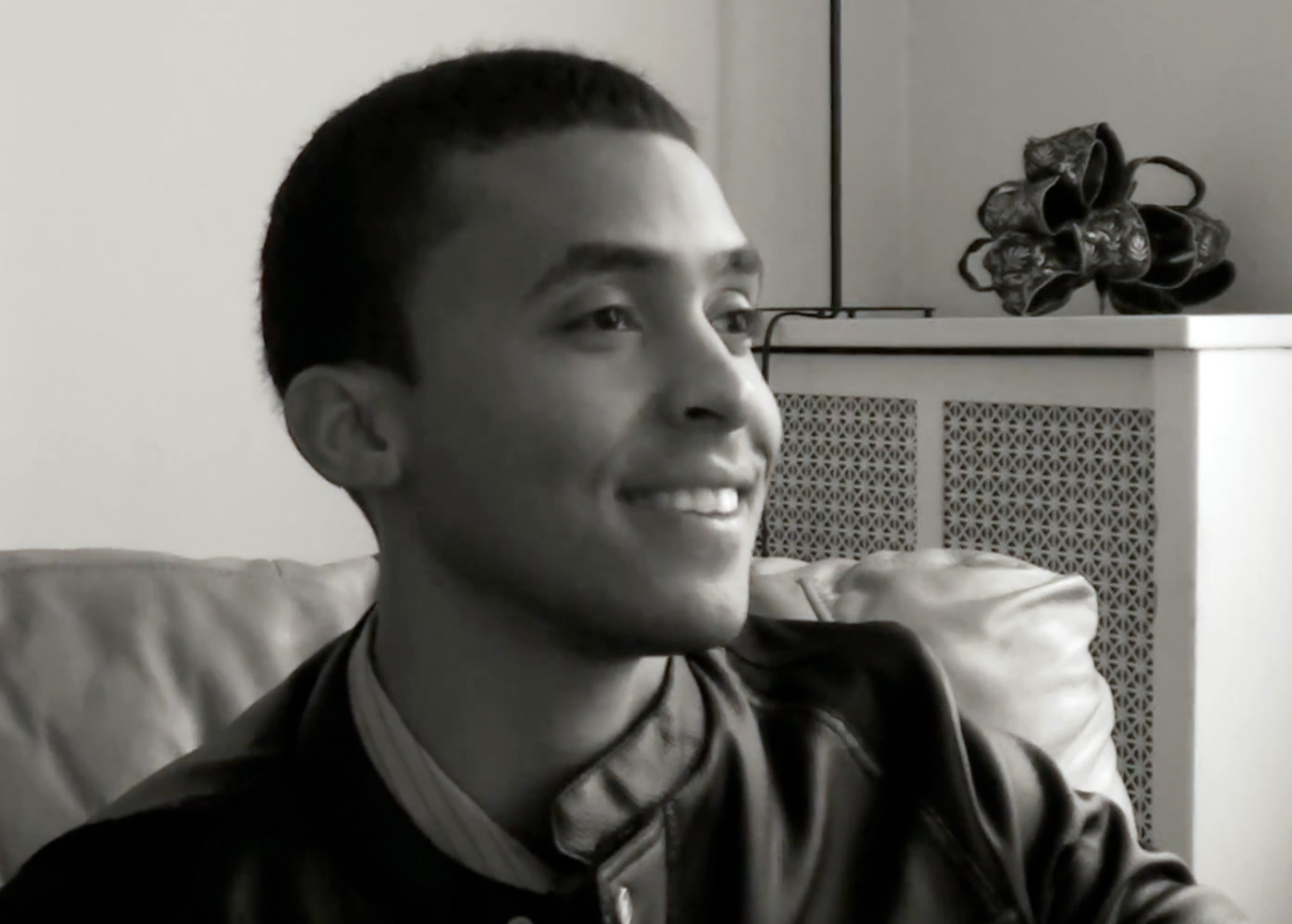
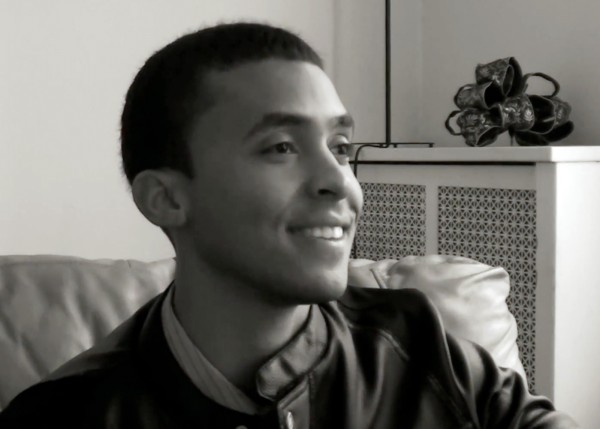
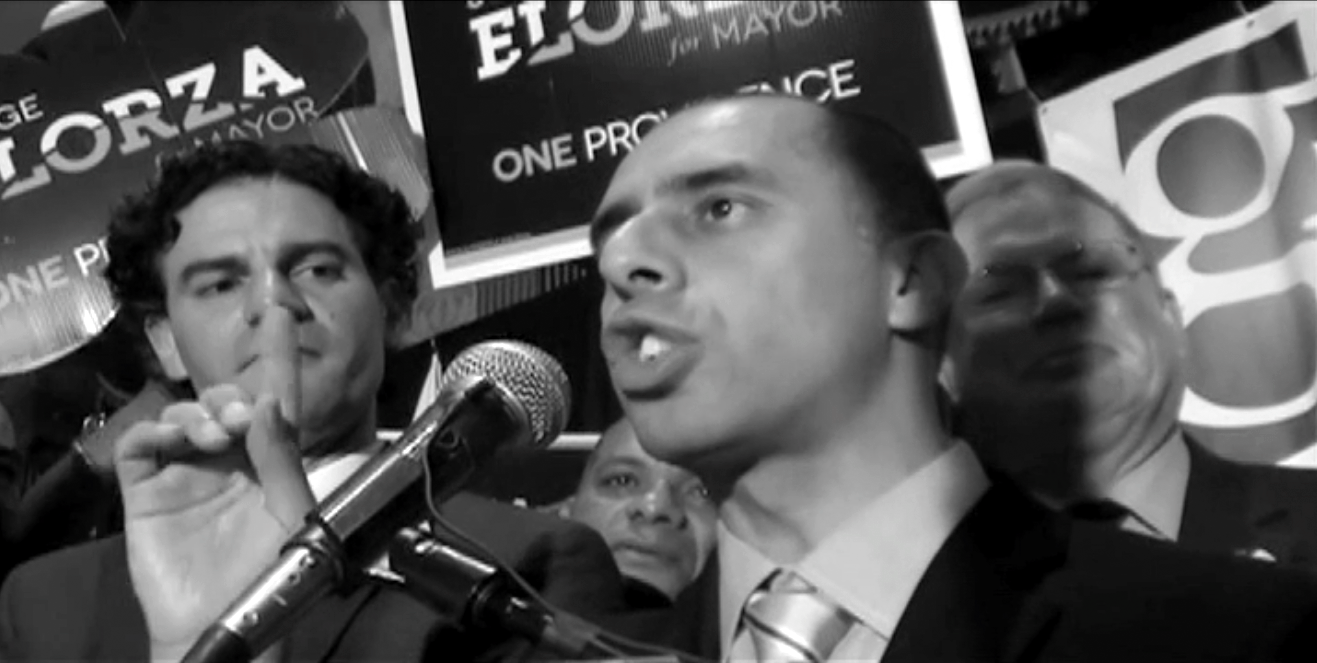
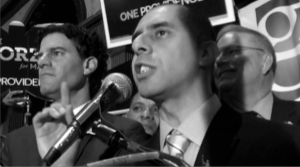

 The Providence firefighter who raised his fist in solidarity with protesters who burned an American flag outside the Providence Public Safety Complex is
The Providence firefighter who raised his fist in solidarity with protesters who burned an American flag outside the Providence Public Safety Complex is 
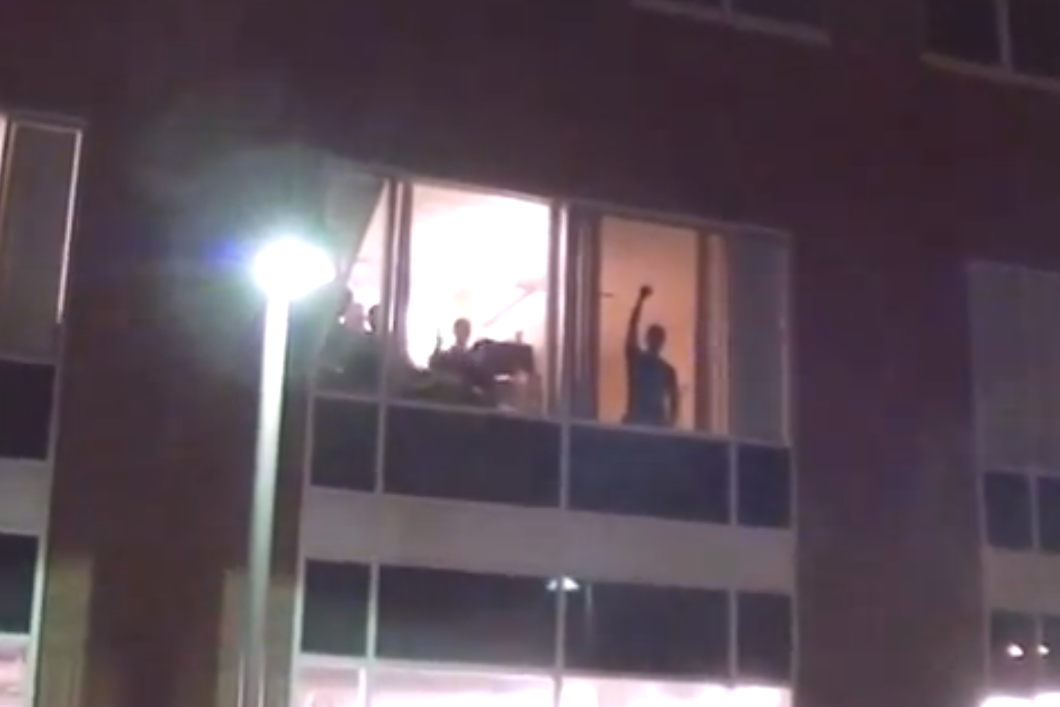
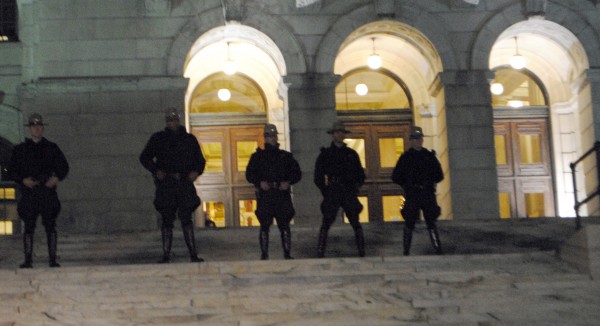 I don’t know the firefighter who stood in the window, fist raised in solidarity with the protesters rallying outside the Providence Public Safety Complex a week ago. I don’t think anyone could tell who the figure was or what occupation the person might be employed in. All I could see was a silhouette, a literal shadow of humanity, demonstrating commonality with the protesters as a human being with emotions, thoughts and concerns.
I don’t know the firefighter who stood in the window, fist raised in solidarity with the protesters rallying outside the Providence Public Safety Complex a week ago. I don’t think anyone could tell who the figure was or what occupation the person might be employed in. All I could see was a silhouette, a literal shadow of humanity, demonstrating commonality with the protesters as a human being with emotions, thoughts and concerns.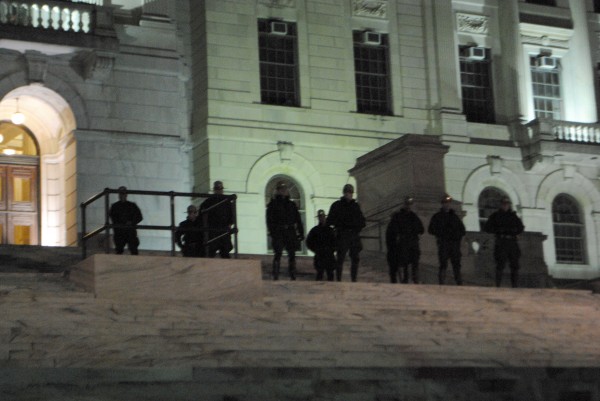 All I could see was a human being, making contact, sharing the same pain and concern as those assembled below. I could have made up a thousand stories about the figure in the window, guessing at his or her reason for choosing to raise a fist in solidarity, but somehow, I never doubted the intentions of the act. Somehow the simple gesture of raising a fist in shadow communicated both solidarity and sincerity.
All I could see was a human being, making contact, sharing the same pain and concern as those assembled below. I could have made up a thousand stories about the figure in the window, guessing at his or her reason for choosing to raise a fist in solidarity, but somehow, I never doubted the intentions of the act. Somehow the simple gesture of raising a fist in shadow communicated both solidarity and sincerity.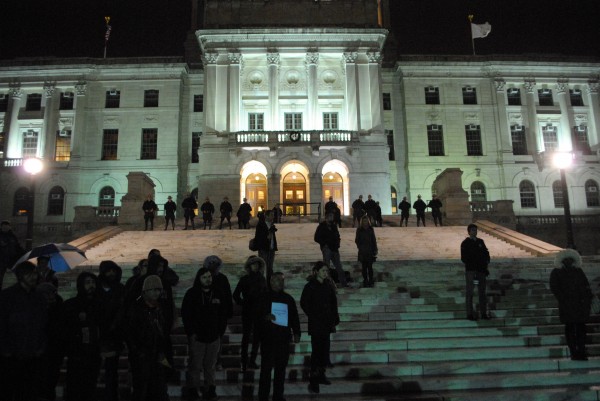 Commissioner
Commissioner 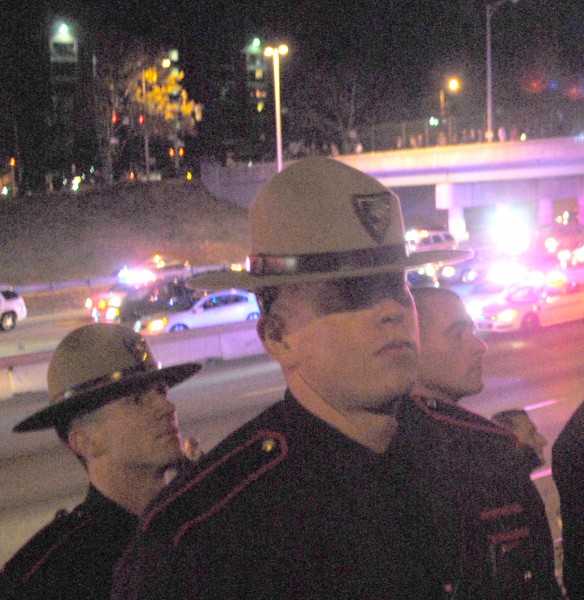 If in the future I film police officers at protests laughing or taking a dismissive attitude towards the activists, will Commissioner
If in the future I film police officers at protests laughing or taking a dismissive attitude towards the activists, will Commissioner 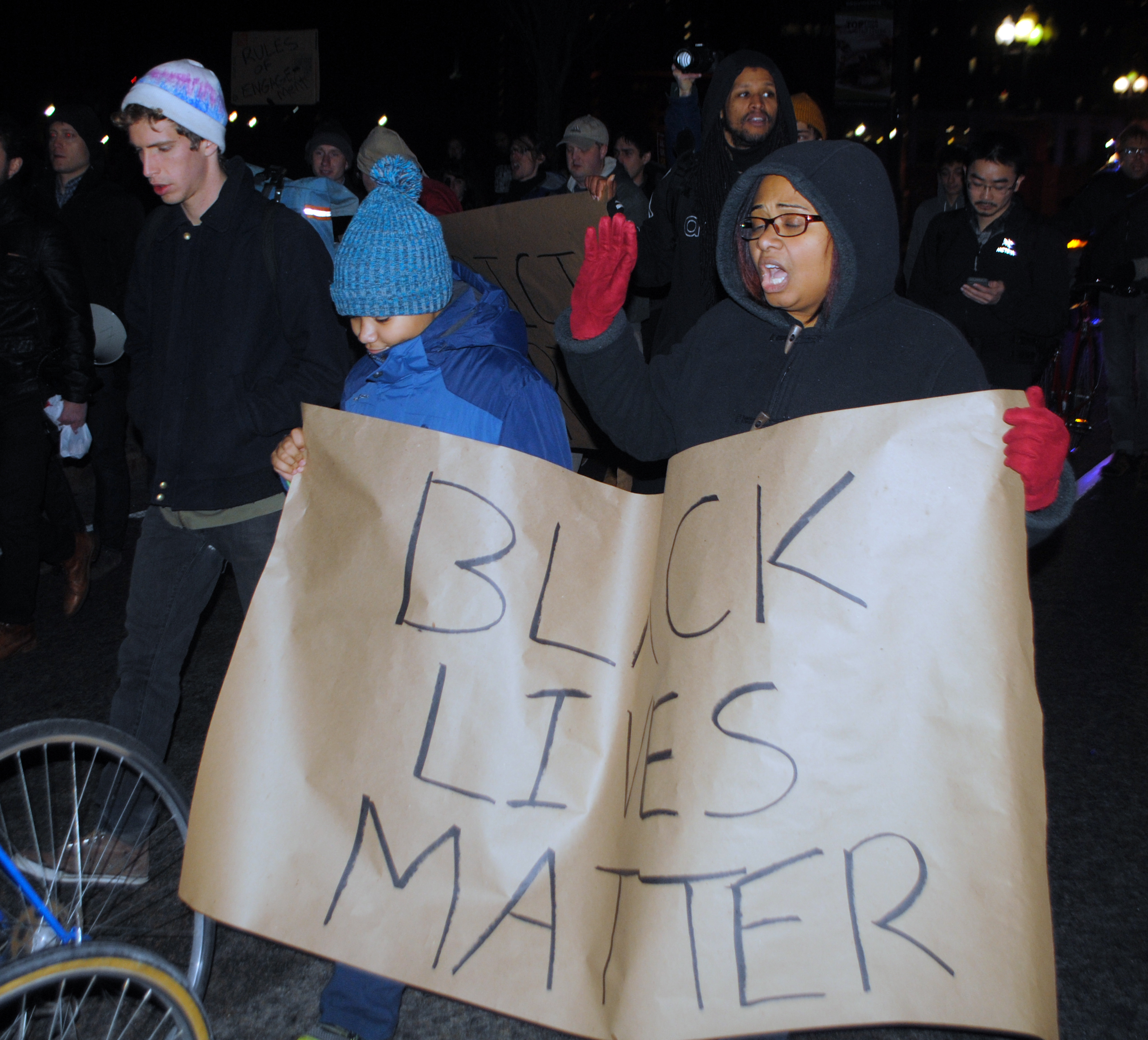
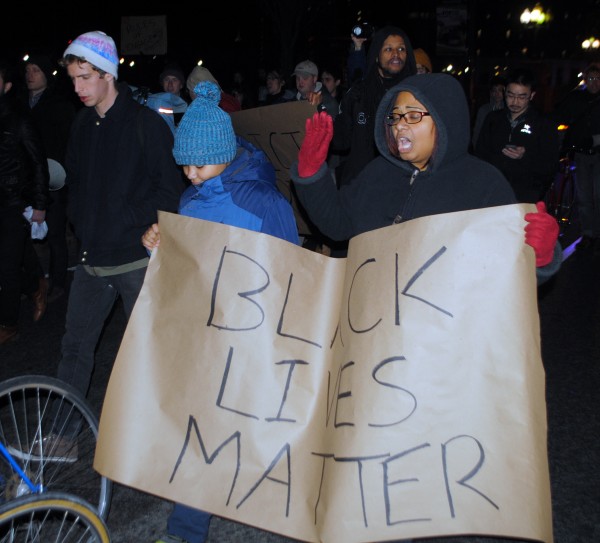 Yesterday’s “
Yesterday’s “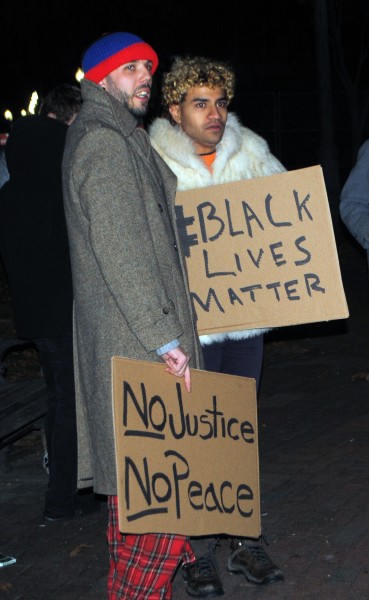 The crowd started to build around 7pm at Burnside Park, with marchers working on their signs in the park with the materials provided by the organizers. There were less marchers this time and the crowd tended to be whiter, though there was substantial representation of people of color.
The crowd started to build around 7pm at Burnside Park, with marchers working on their signs in the park with the materials provided by the organizers. There were less marchers this time and the crowd tended to be whiter, though there was substantial representation of people of color.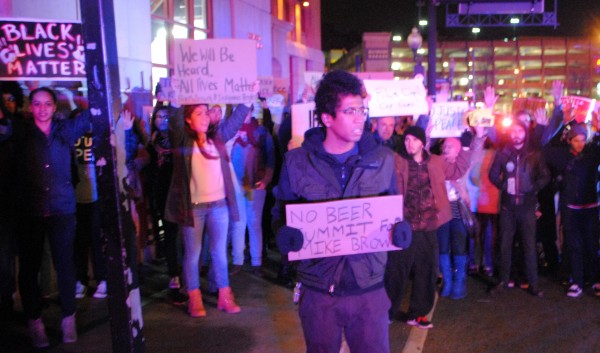 The plan was to rally at Burnside Park, march past the Providence Place Mall and to the steps of the State House, where there would be a four minute moment of silence for Mike Brown (one minute for every hour his body laid in the street) and then a “speak out” in which anyone could step forward and let loose whatever was on their mind.
The plan was to rally at Burnside Park, march past the Providence Place Mall and to the steps of the State House, where there would be a four minute moment of silence for Mike Brown (one minute for every hour his body laid in the street) and then a “speak out” in which anyone could step forward and let loose whatever was on their mind.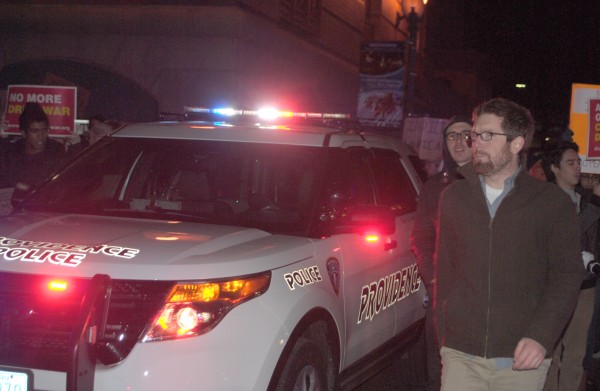 The march through downtown and to the state house was guided by the police, whose red and blue lights provided an almost stereoscopic illumination. There were chants of “Hands up, don’t shoot” and “This is what democracy looks like” among others. There were many signs of support from passing motorists and mall patrons, but also one or two negative reactions.
The march through downtown and to the state house was guided by the police, whose red and blue lights provided an almost stereoscopic illumination. There were chants of “Hands up, don’t shoot” and “This is what democracy looks like” among others. There were many signs of support from passing motorists and mall patrons, but also one or two negative reactions.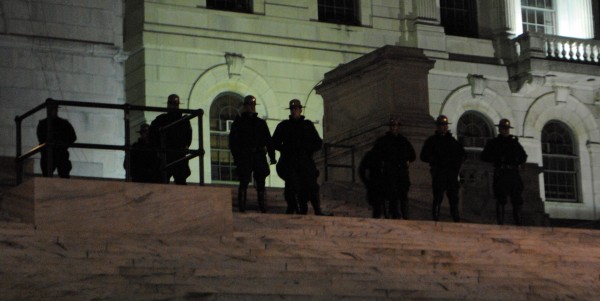 The big surprise of the evening was finding, upon our arrival at the State House, a phalanx of police officers standing at the top of the state house steps, protecting the building. It was an intimidating reminder of police power to have between 15 and 20 armed officers silently observe the protest from on high.
The big surprise of the evening was finding, upon our arrival at the State House, a phalanx of police officers standing at the top of the state house steps, protecting the building. It was an intimidating reminder of police power to have between 15 and 20 armed officers silently observe the protest from on high.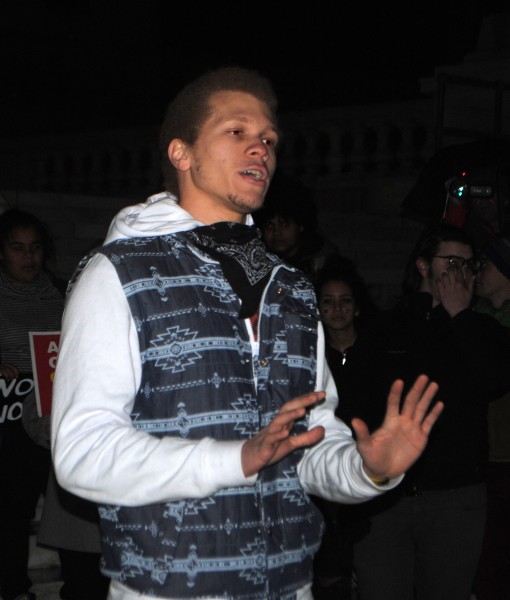 There was a solemn and somber four minutes of silence, interrupted only by the occasional chime of an unmuted cellphone, then the speak out began. I’ll have a rundown of what the speakers spoke about in a later post, after I’ve sorted out all the video, but for now let me present some highlights.
There was a solemn and somber four minutes of silence, interrupted only by the occasional chime of an unmuted cellphone, then the speak out began. I’ll have a rundown of what the speakers spoke about in a later post, after I’ve sorted out all the video, but for now let me present some highlights.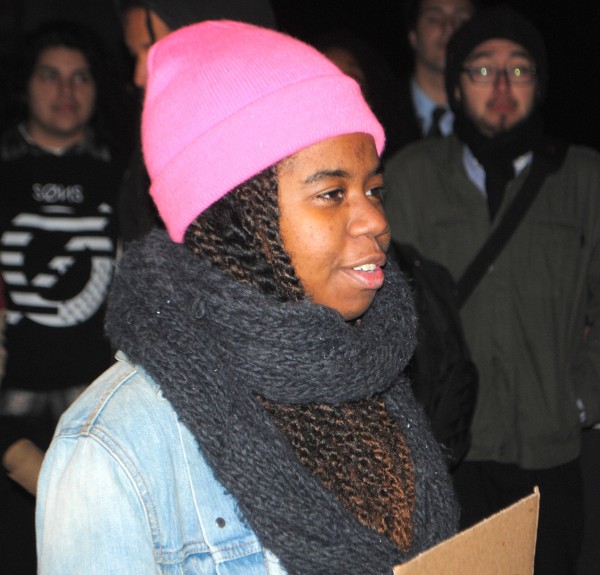 The growing militarization of police forces and the crackdown on human rights is world wide, from Hong Kong to Mexico to Ferguson.
The growing militarization of police forces and the crackdown on human rights is world wide, from Hong Kong to Mexico to Ferguson.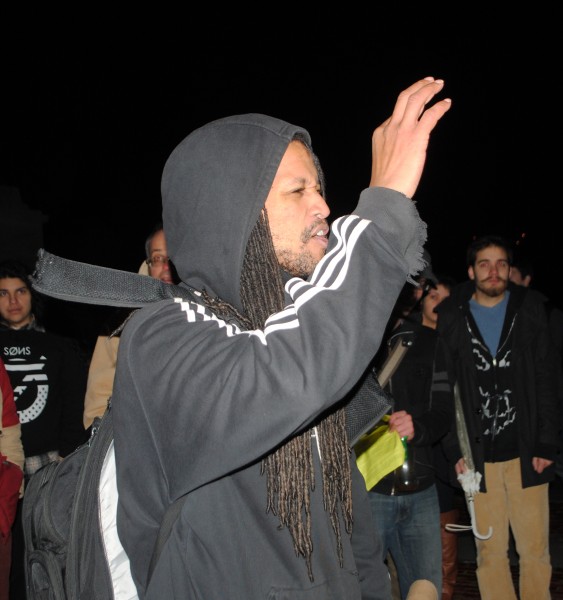 As the night wore on, and a light drizzle of rain and dropping temperatures thinned the crowd of protesters, over twenty people participated in the speak out. For the most part the listeners were polite and patient, and everyone who wanted to speak had their chance.
As the night wore on, and a light drizzle of rain and dropping temperatures thinned the crowd of protesters, over twenty people participated in the speak out. For the most part the listeners were polite and patient, and everyone who wanted to speak had their chance.